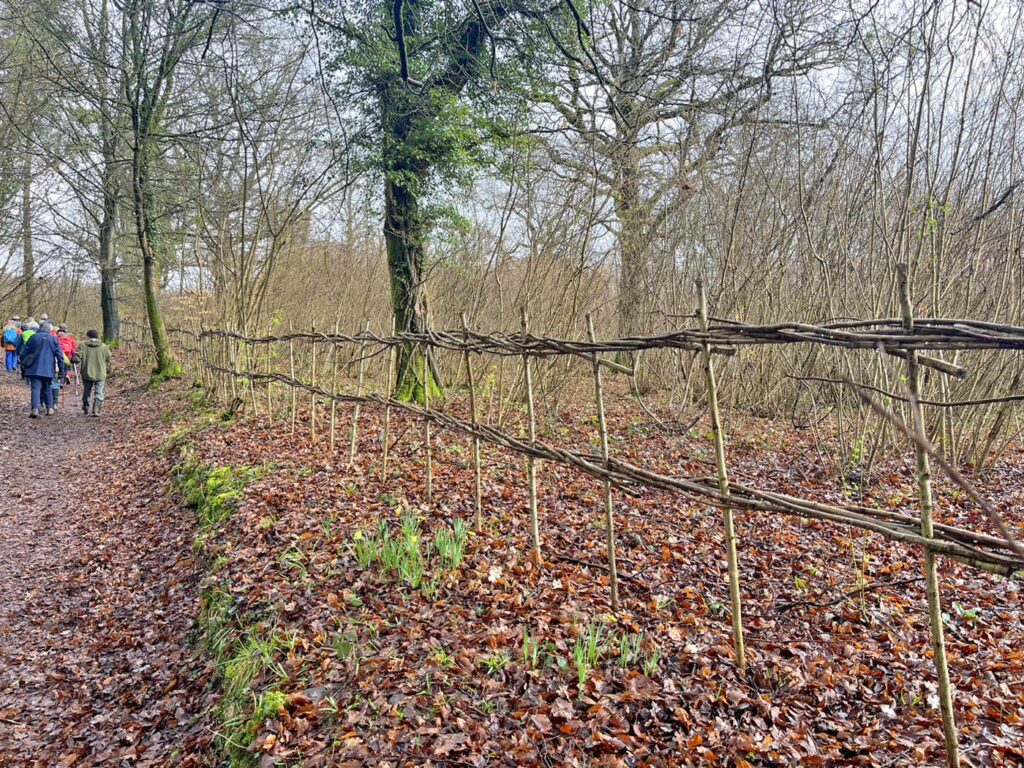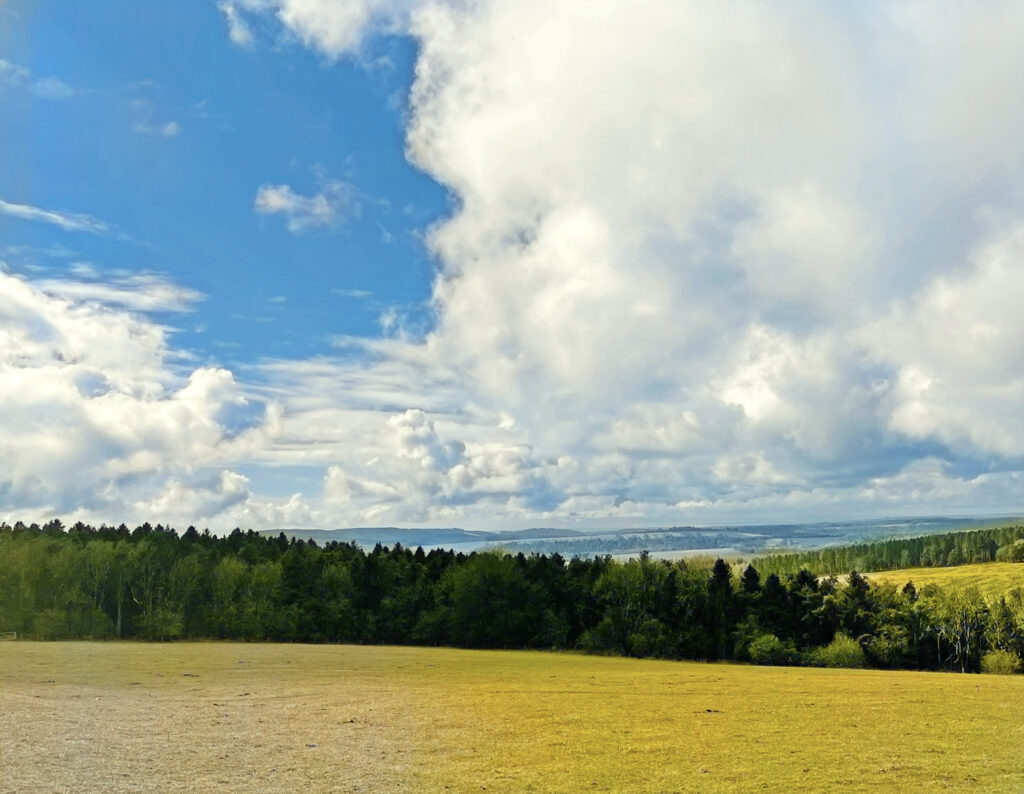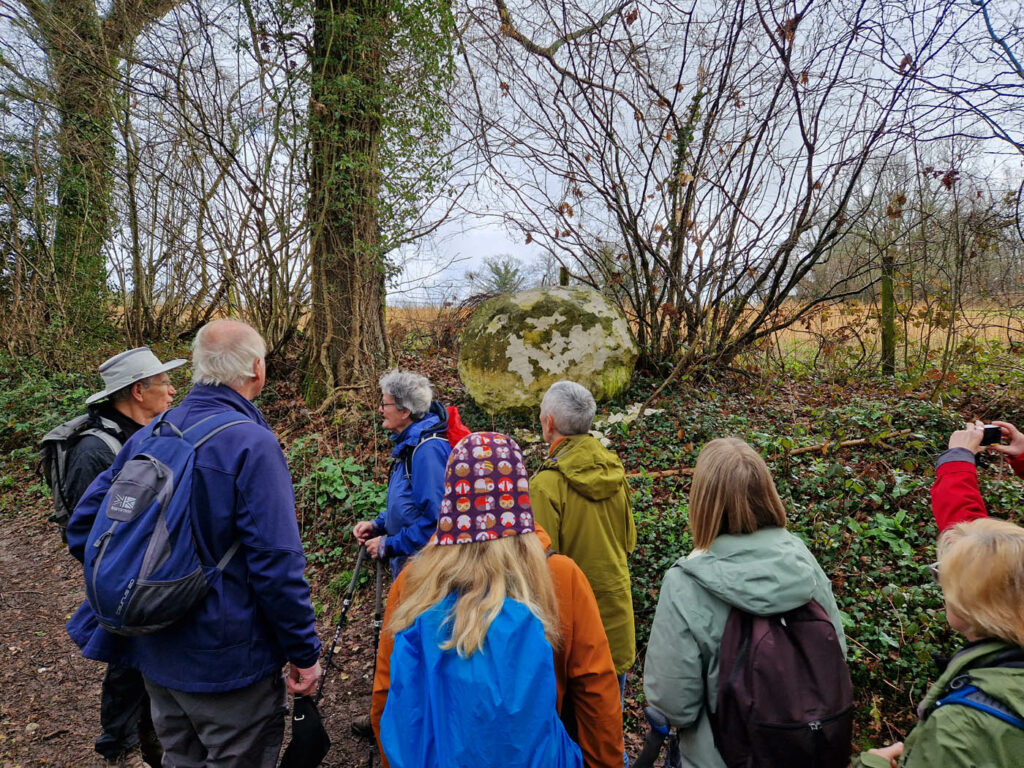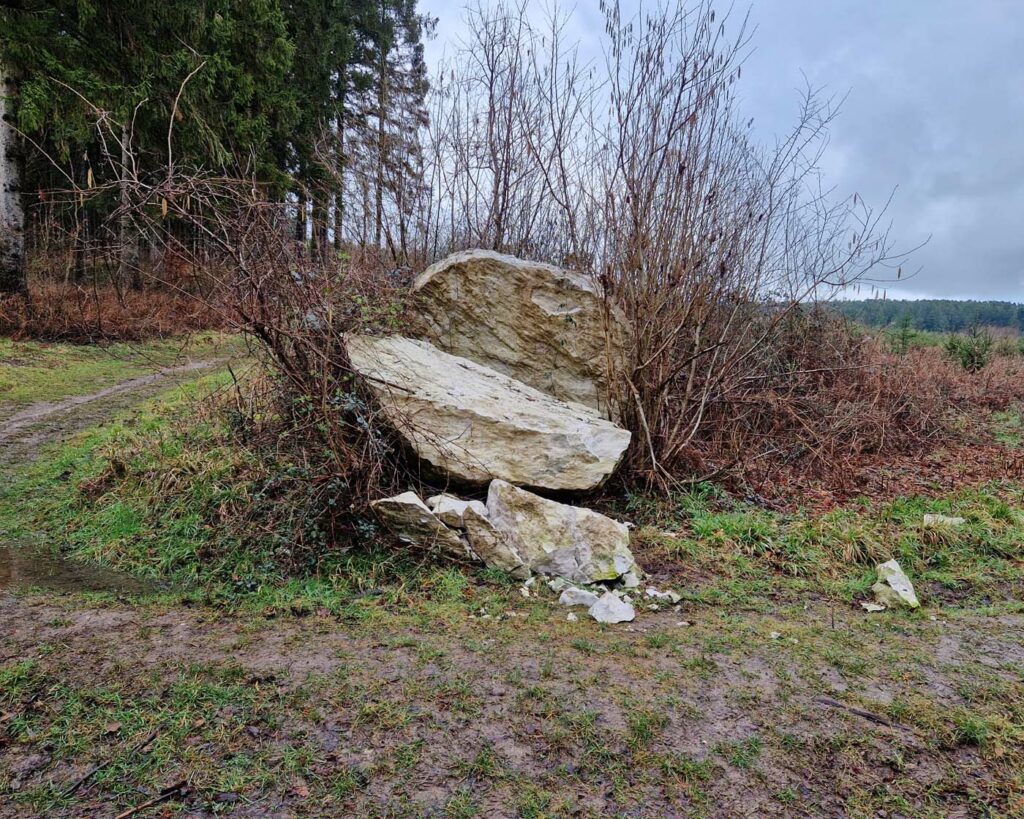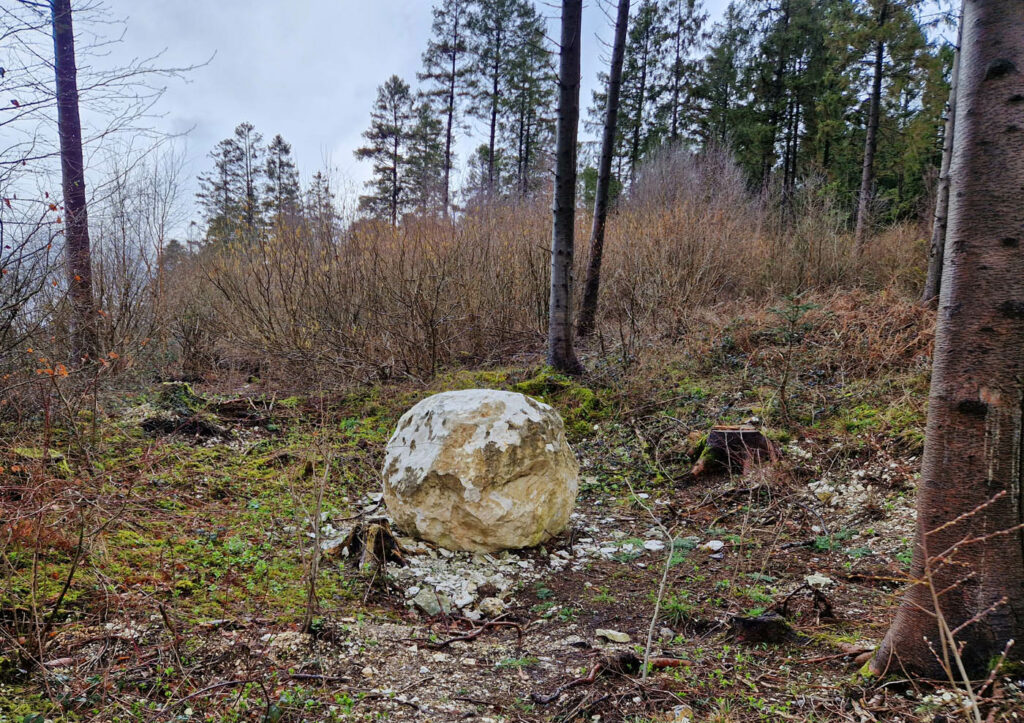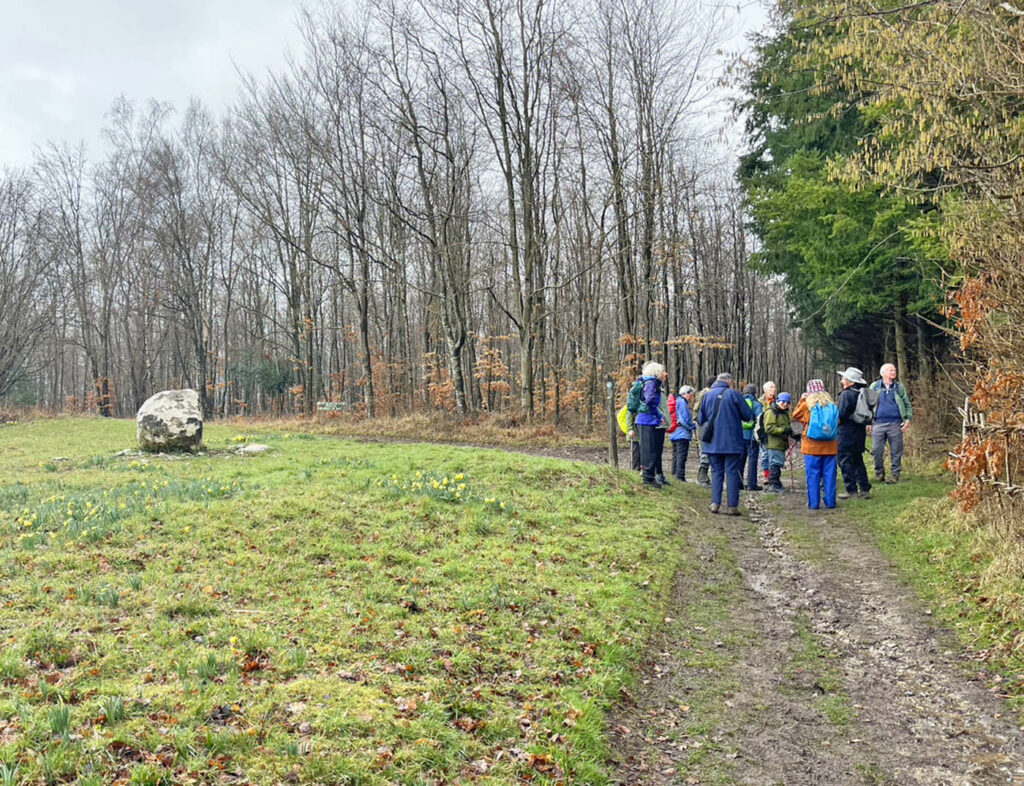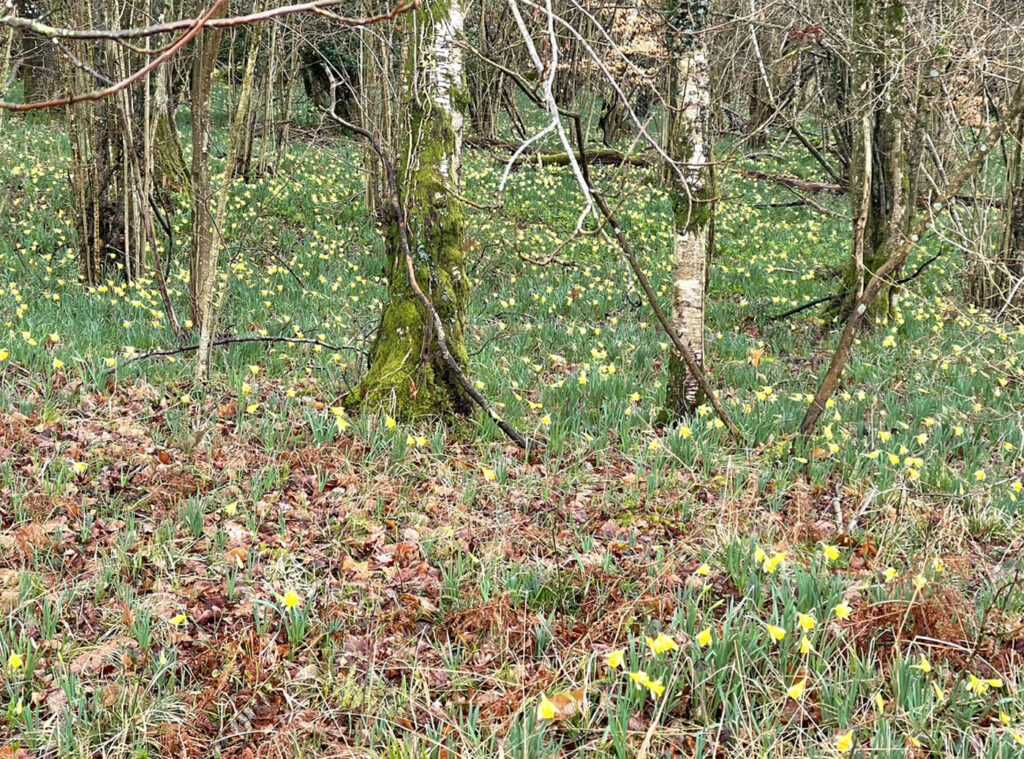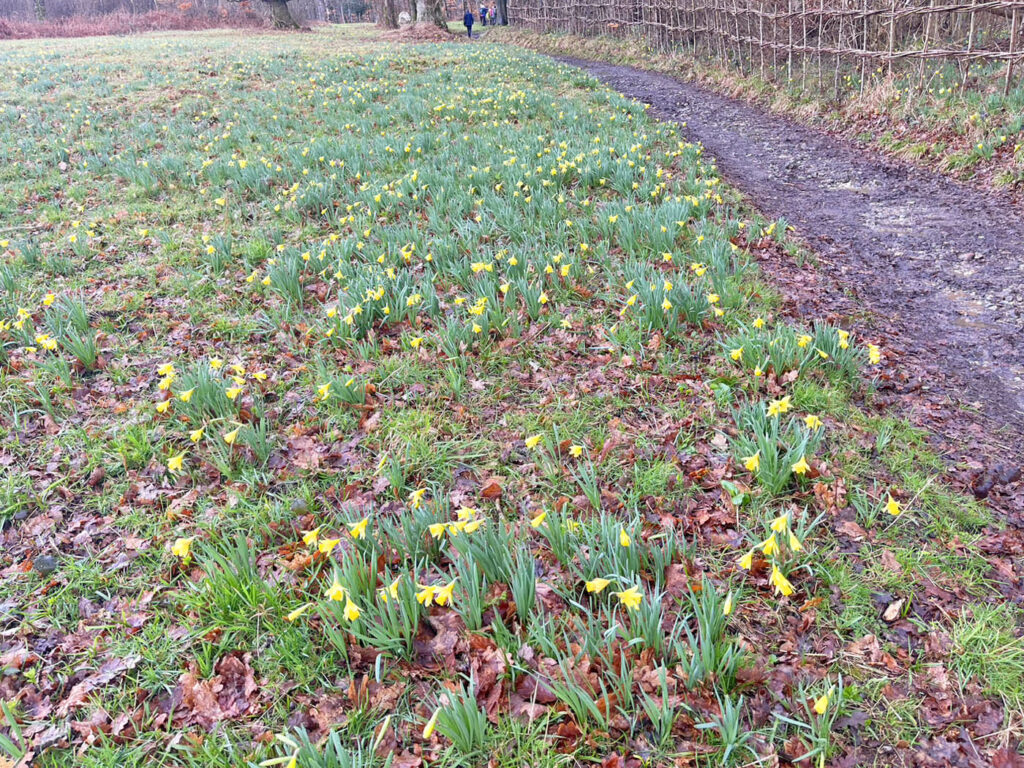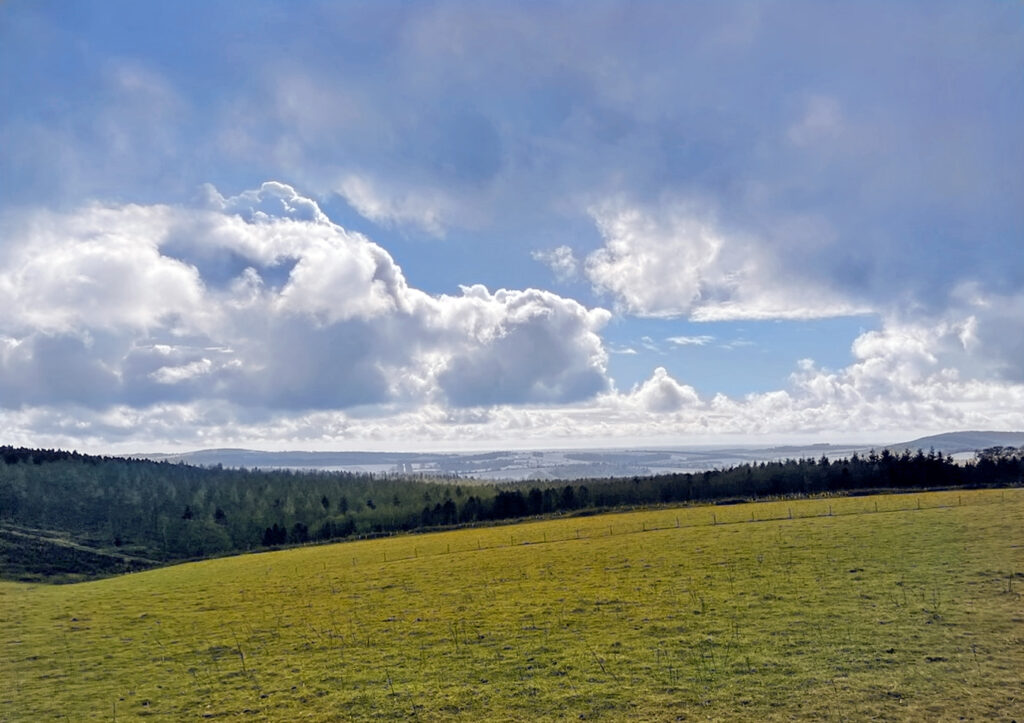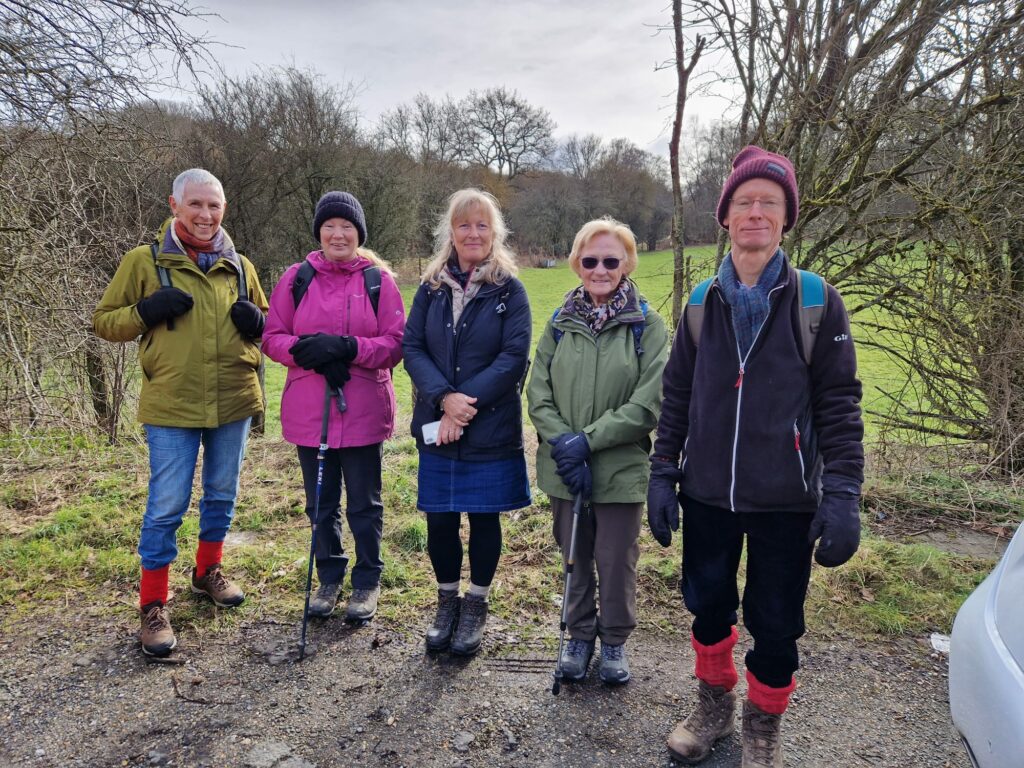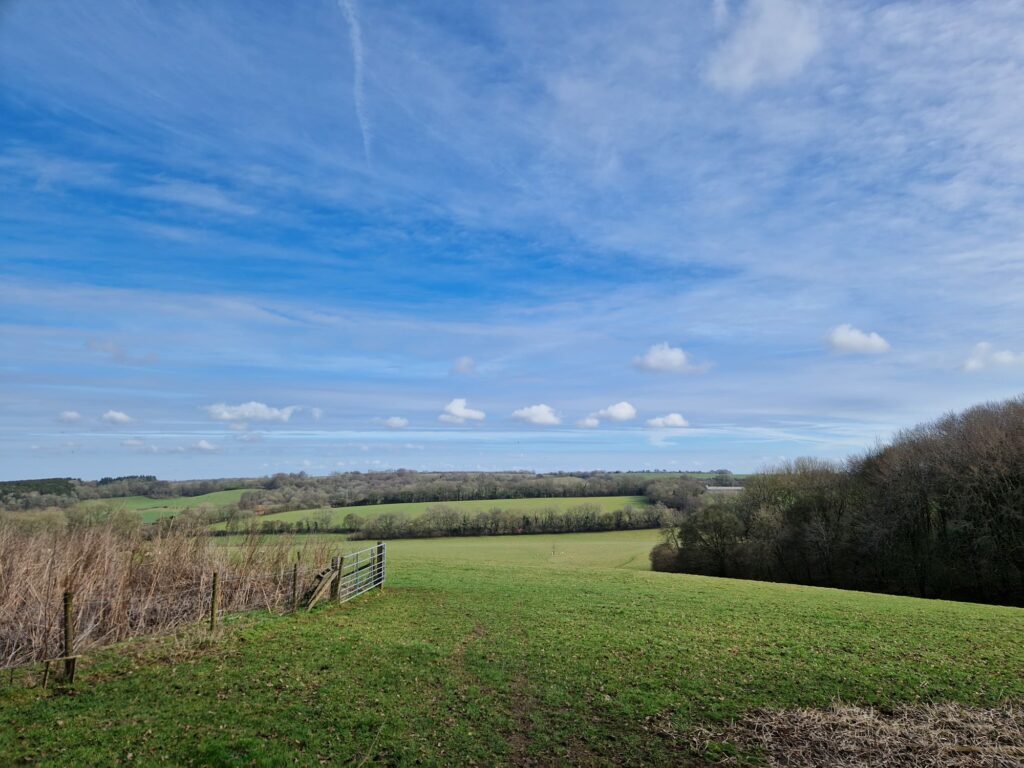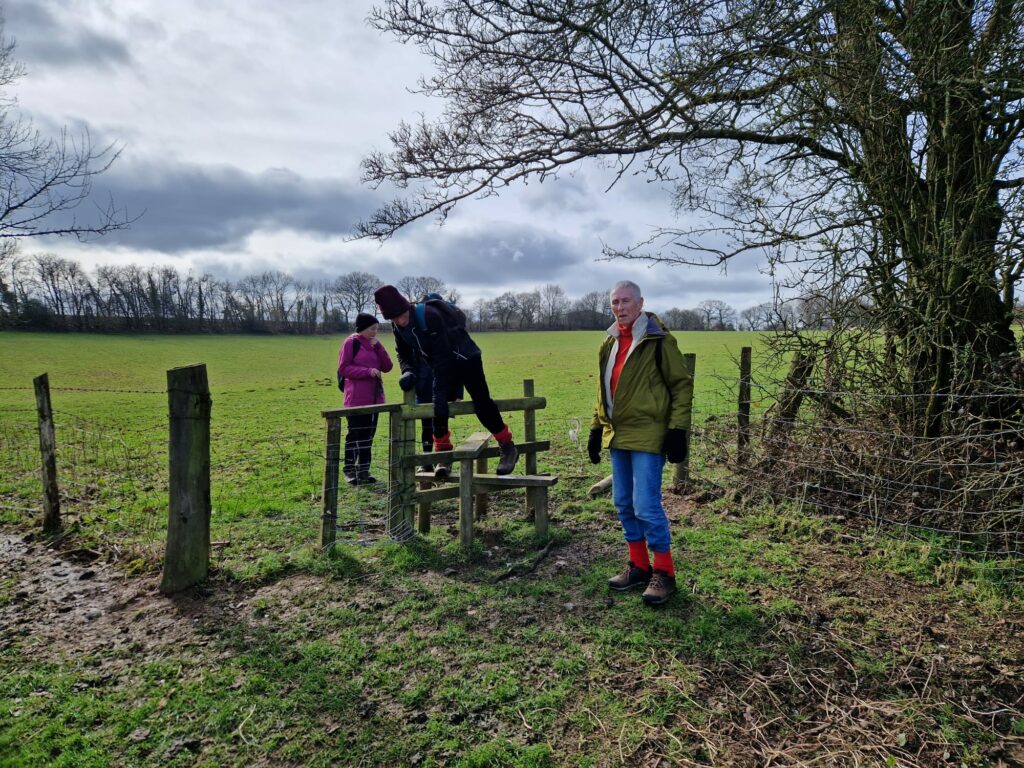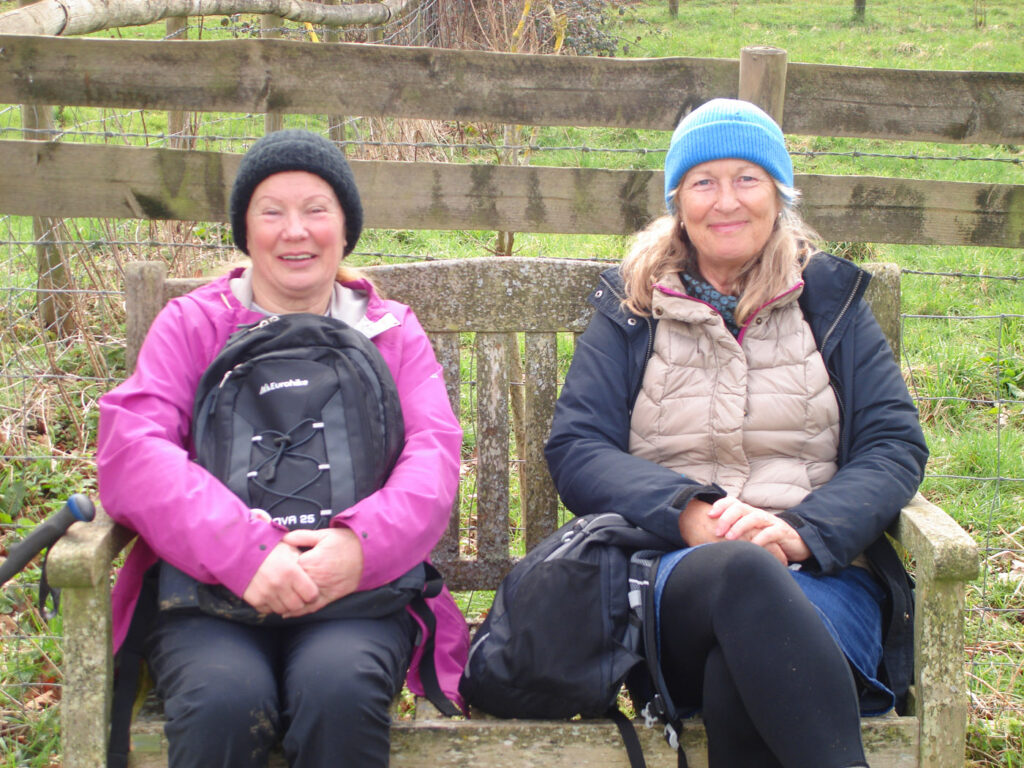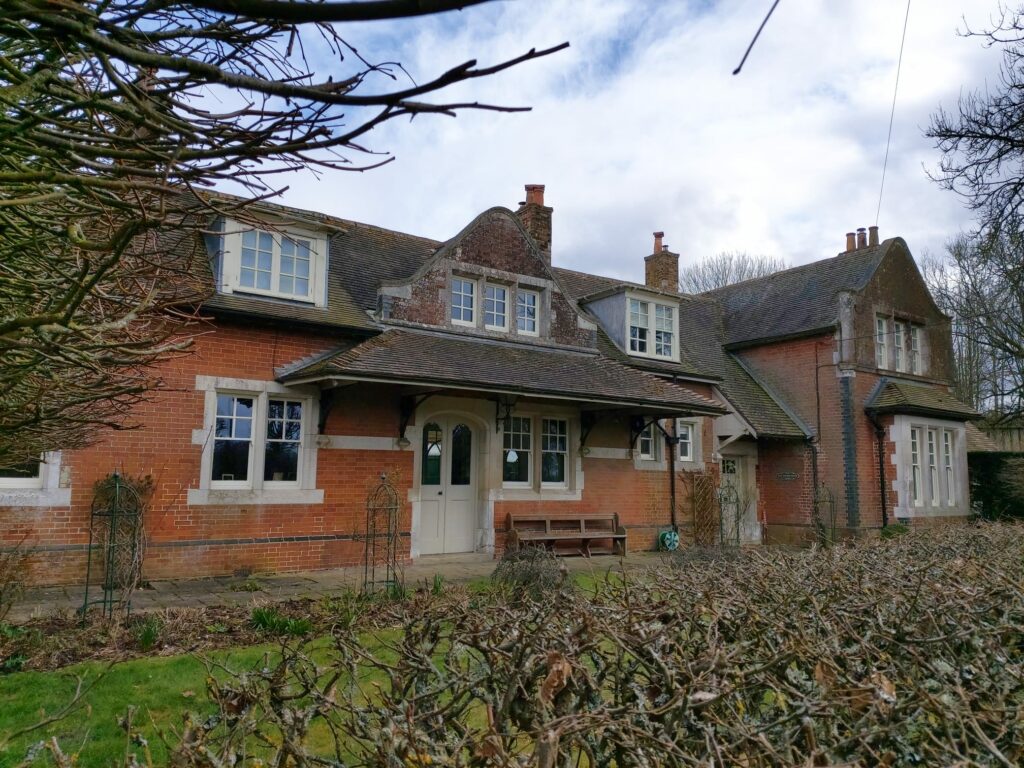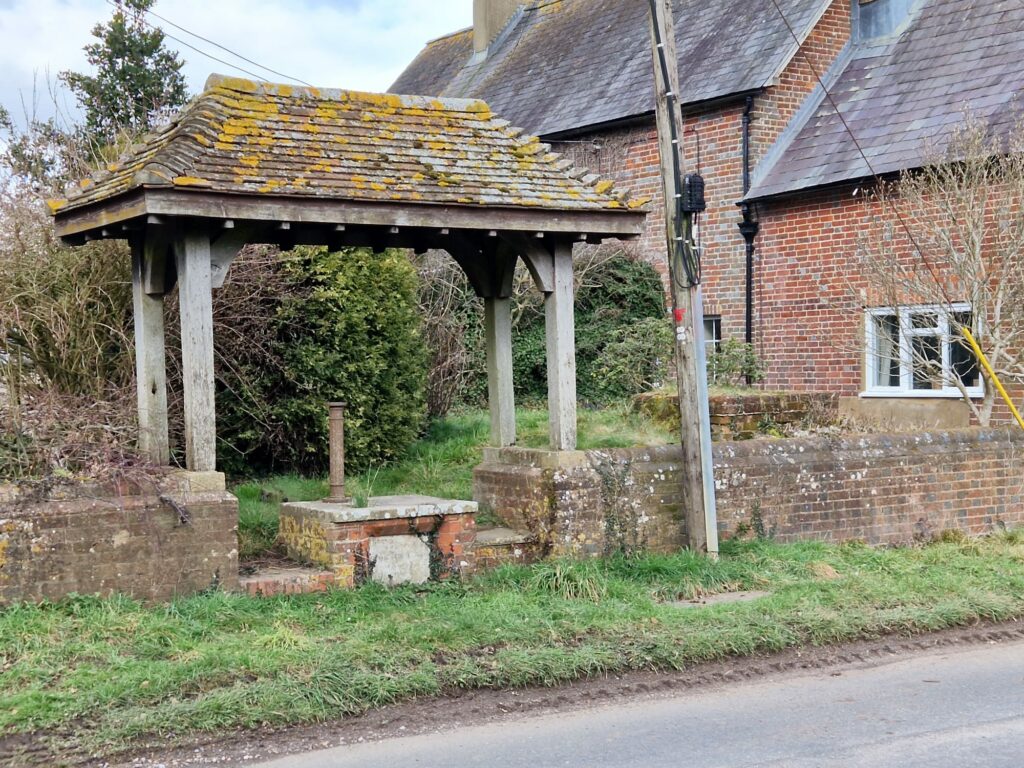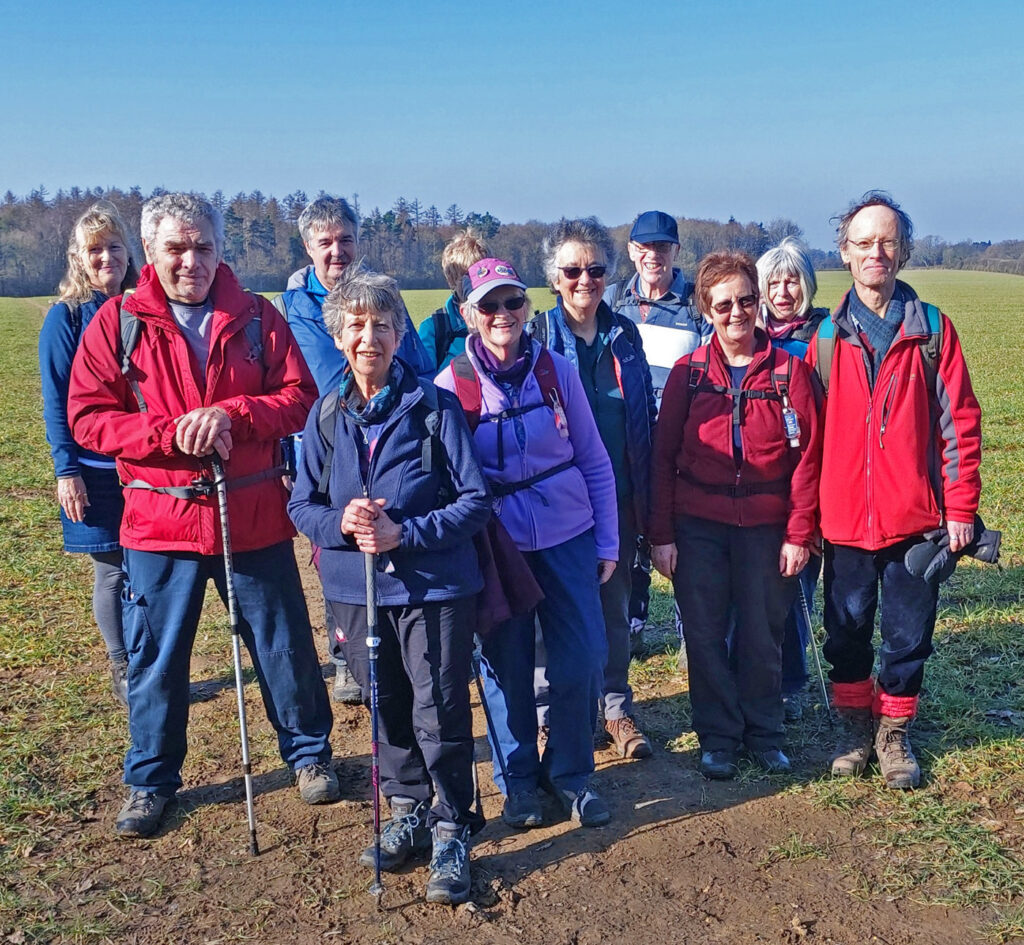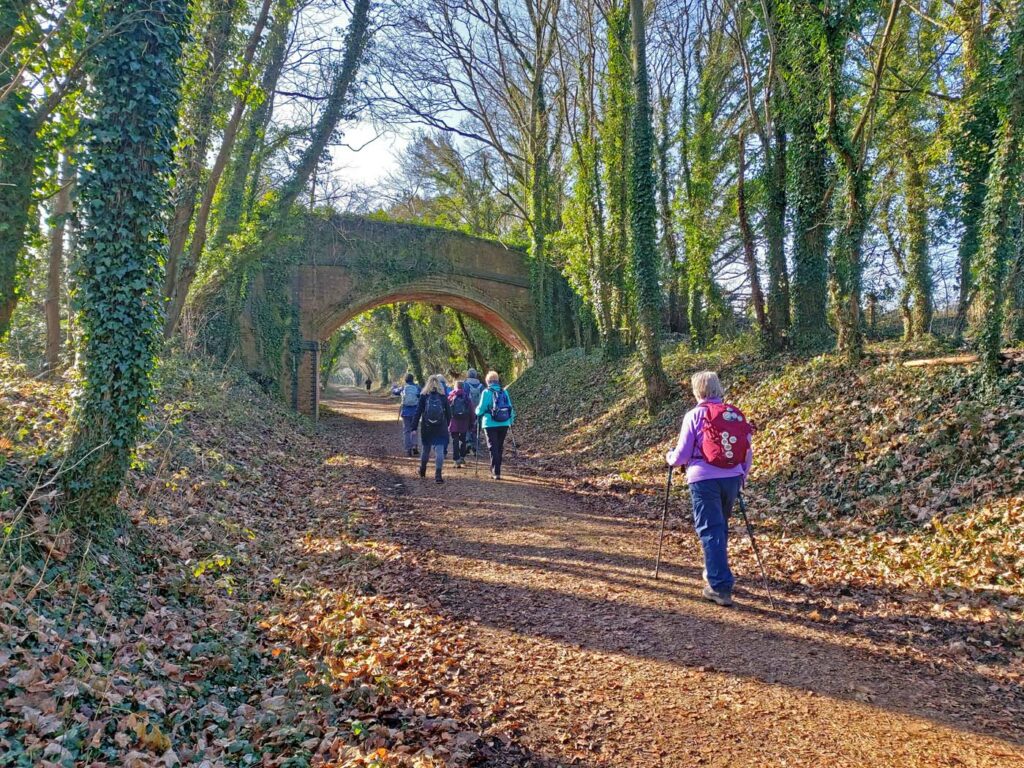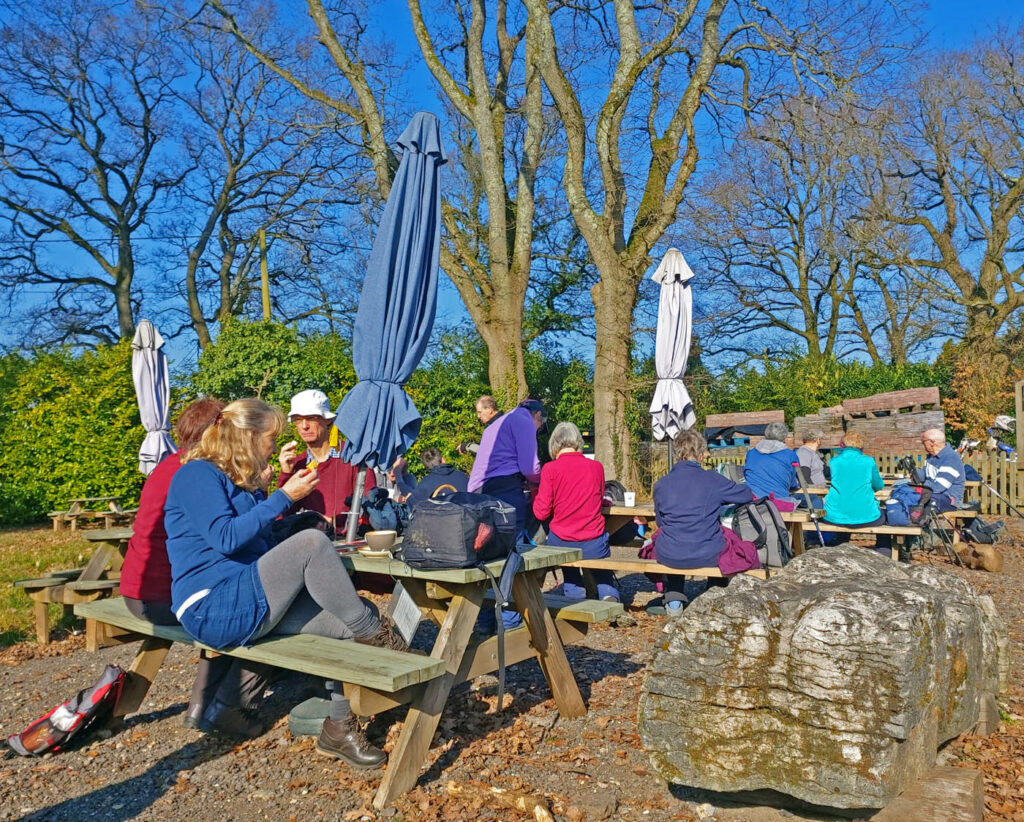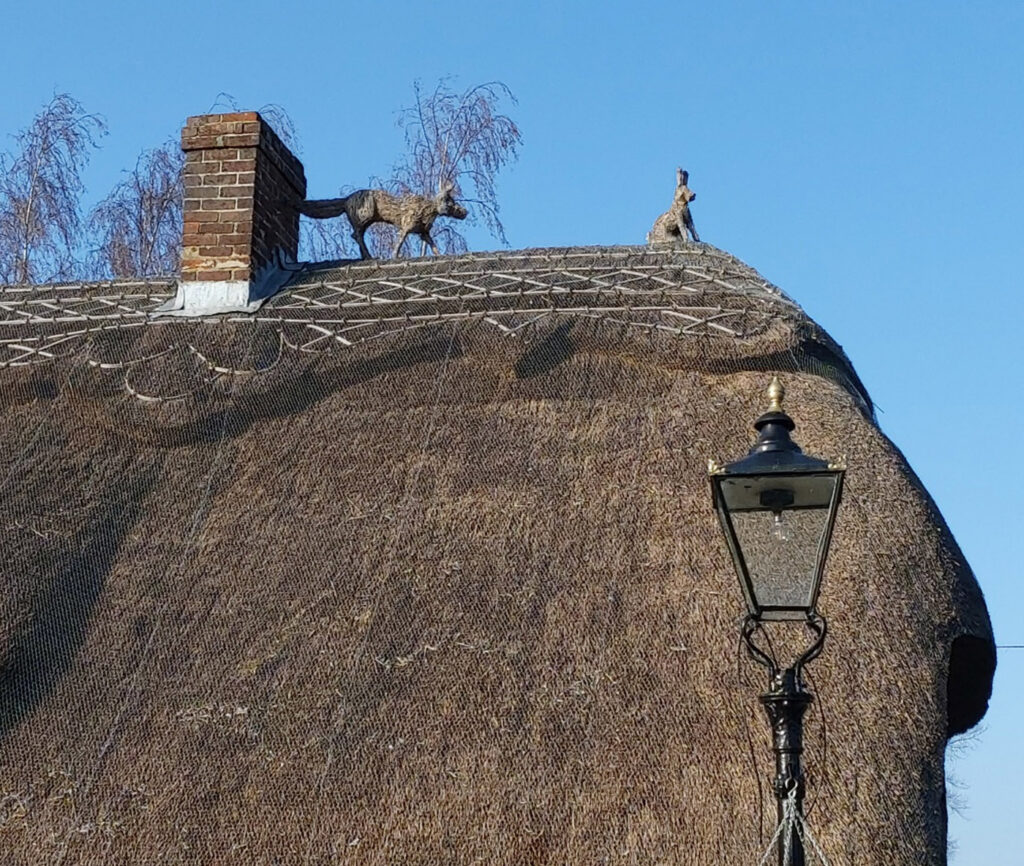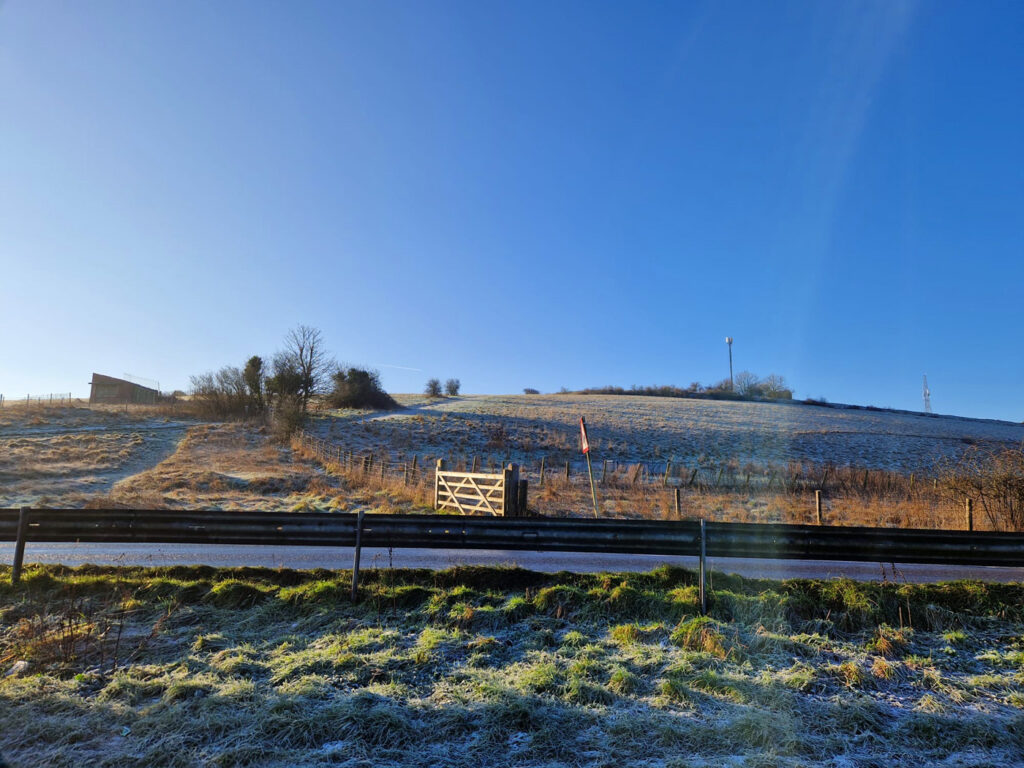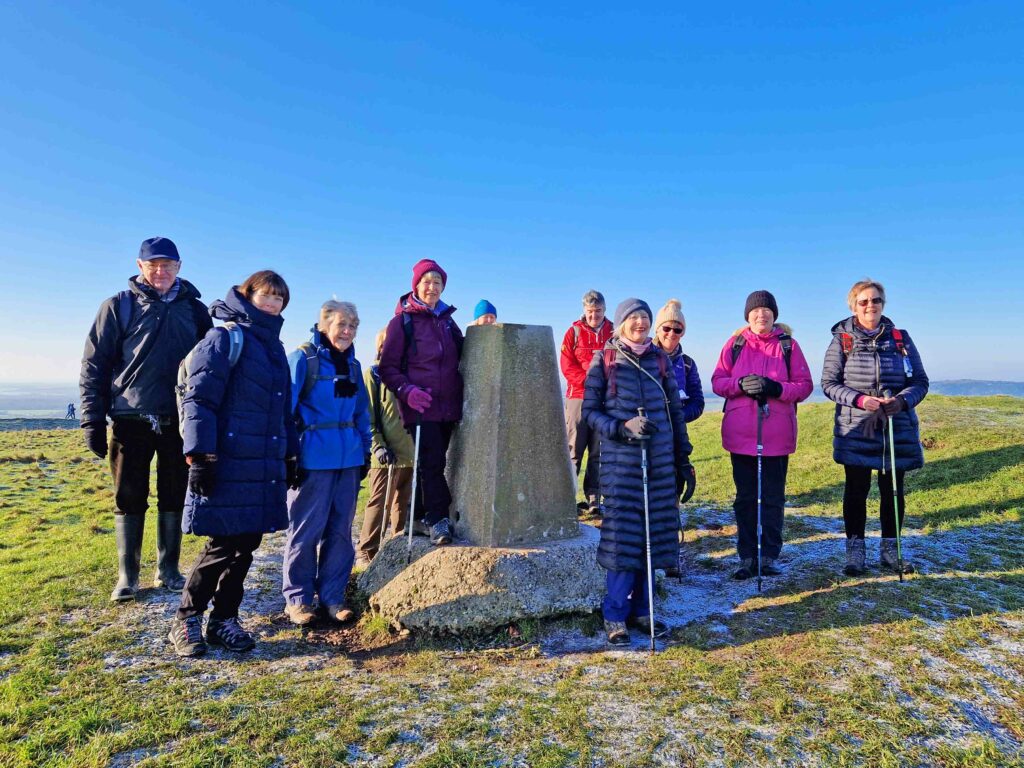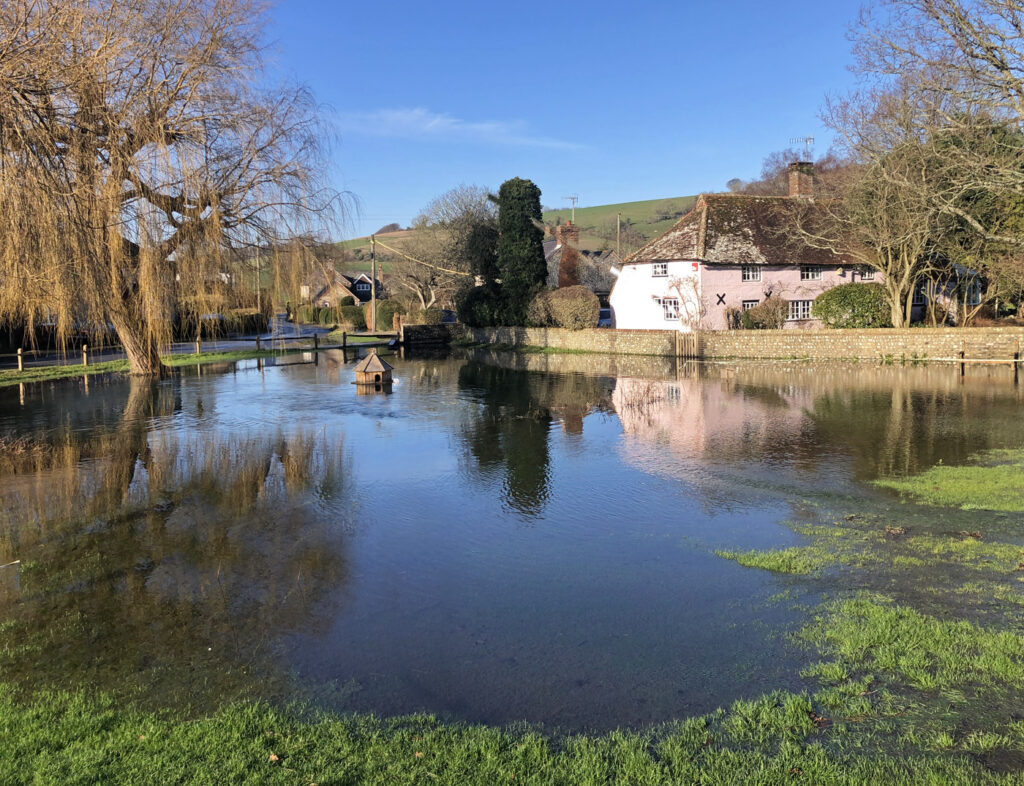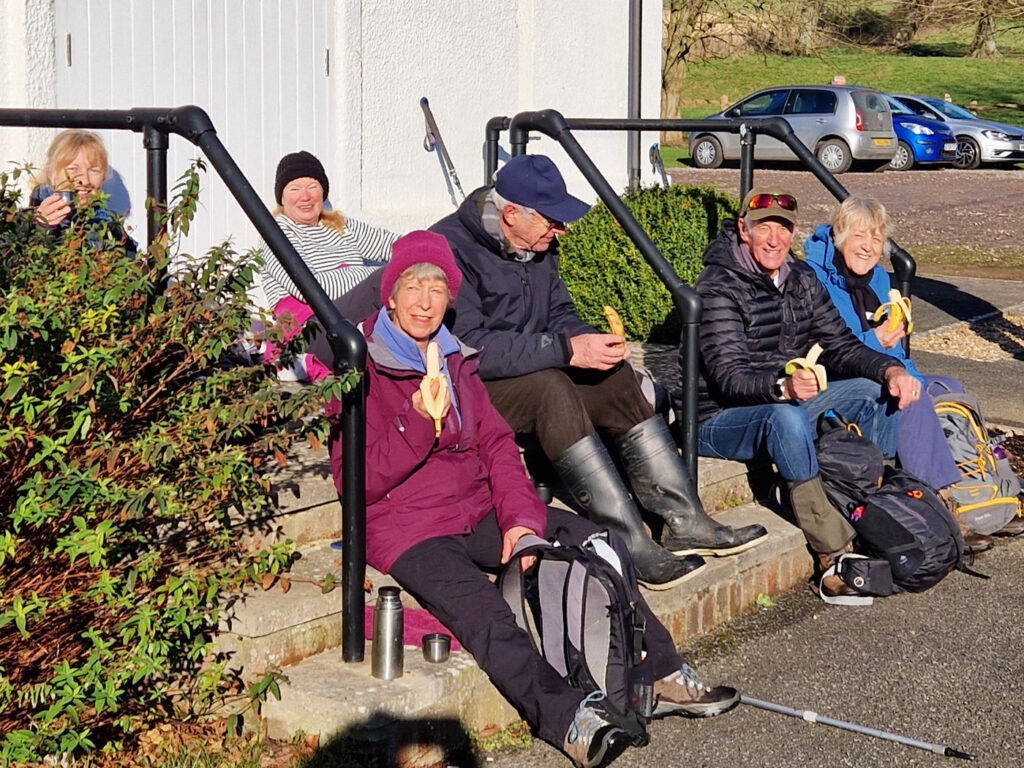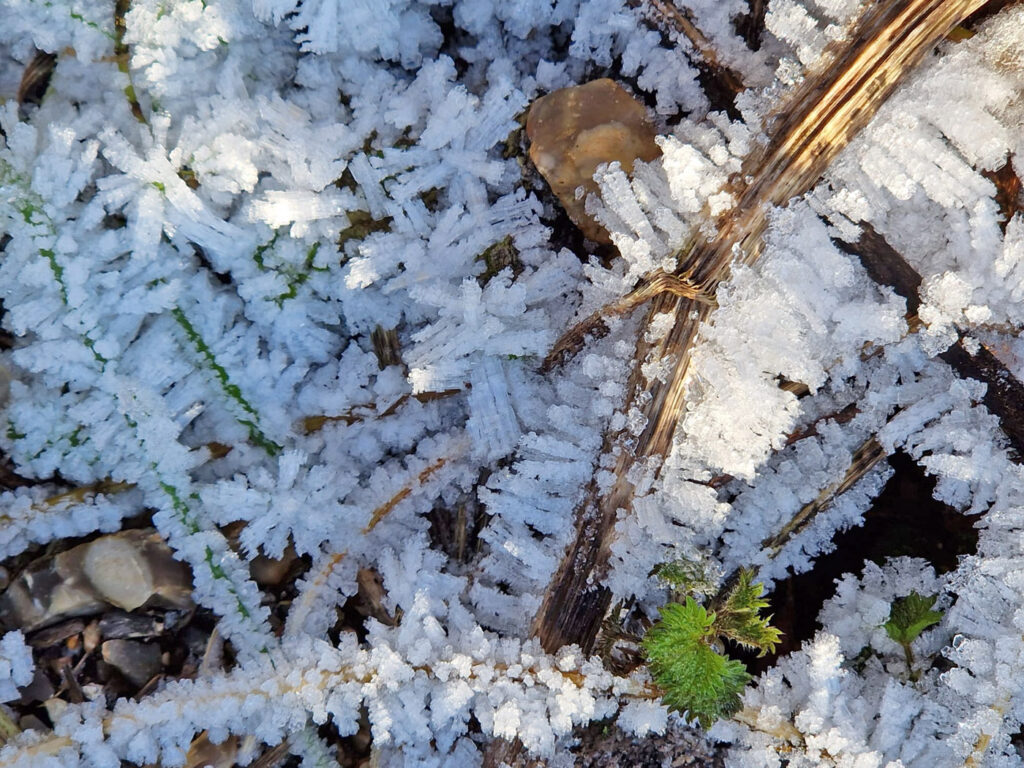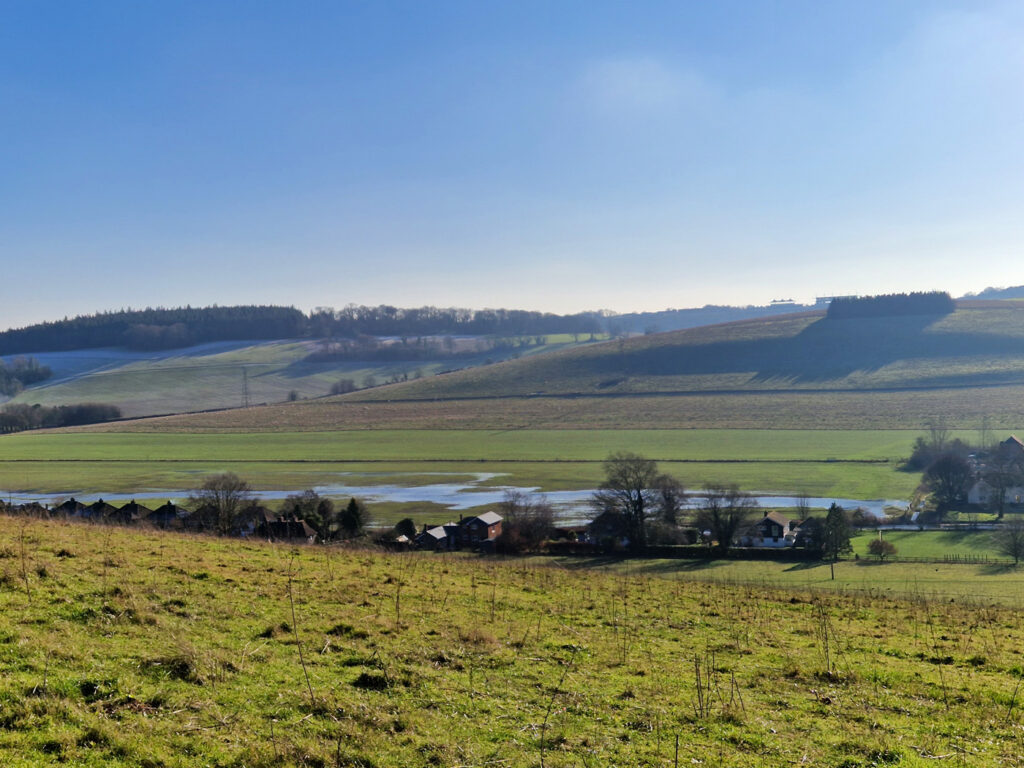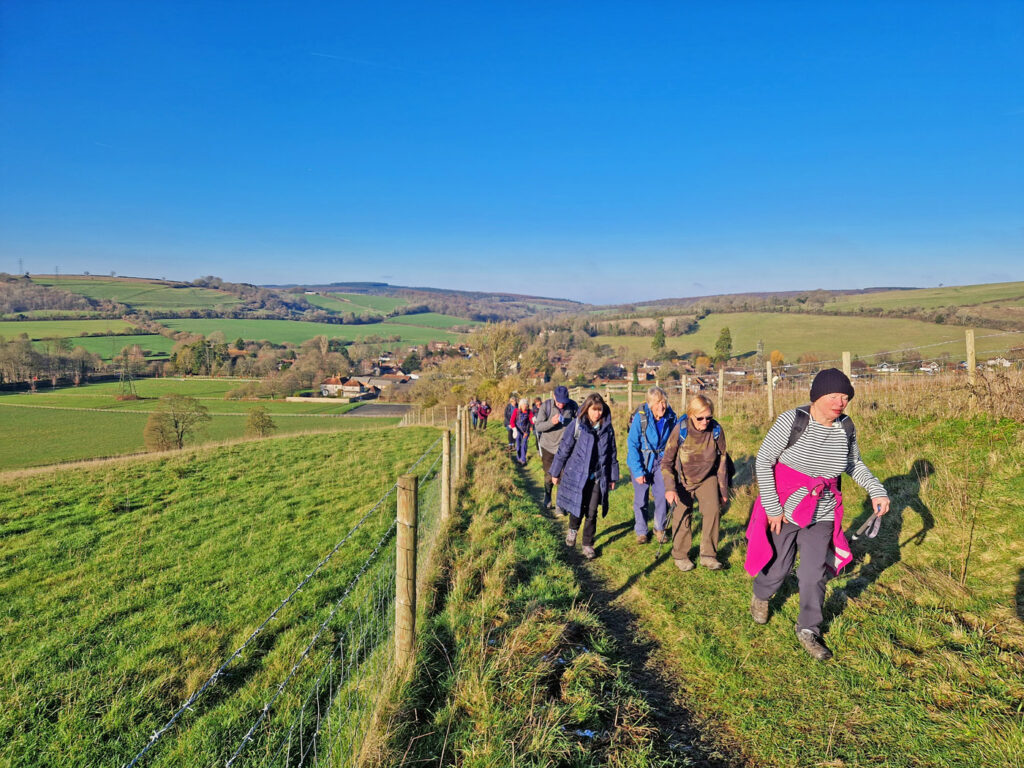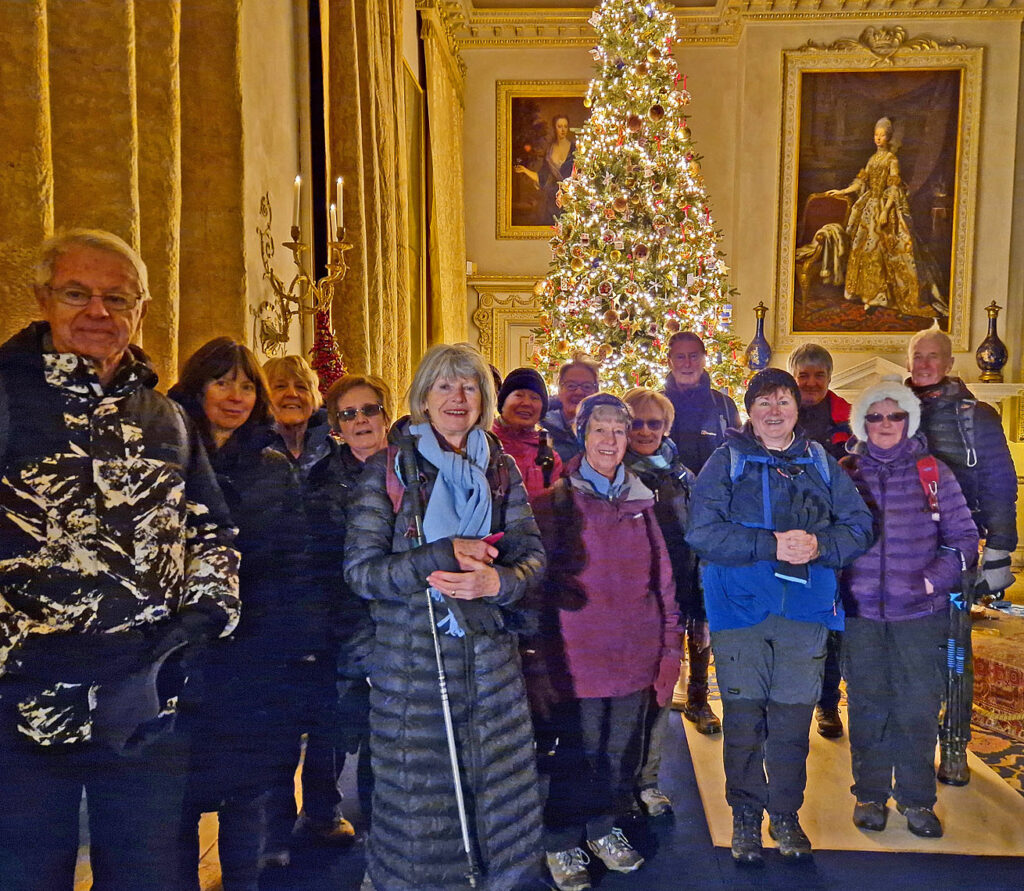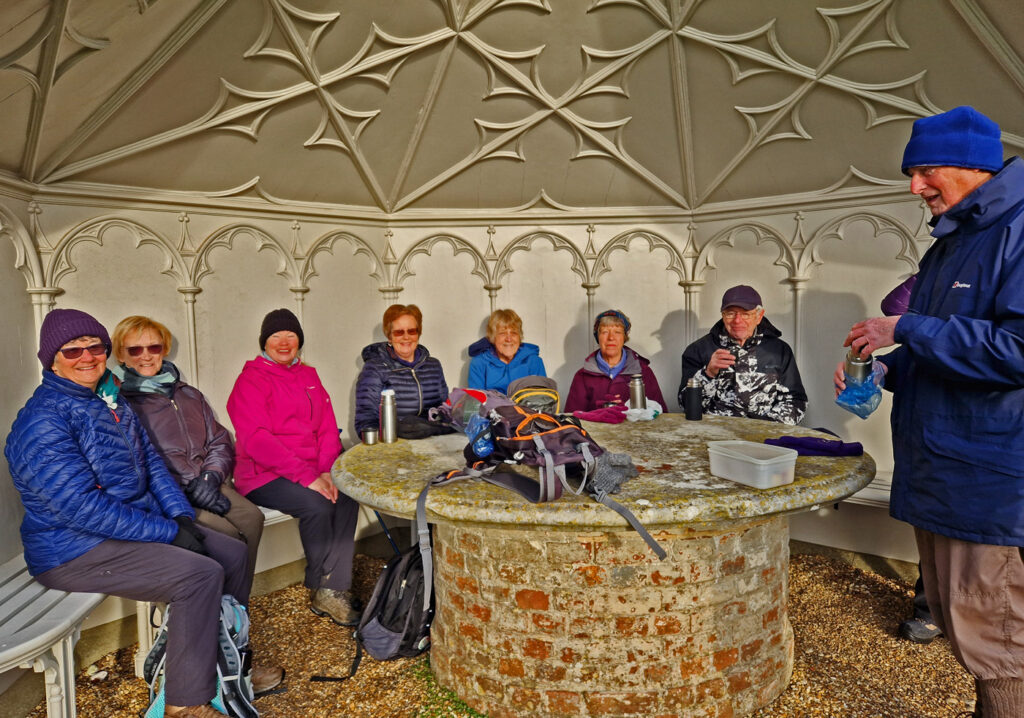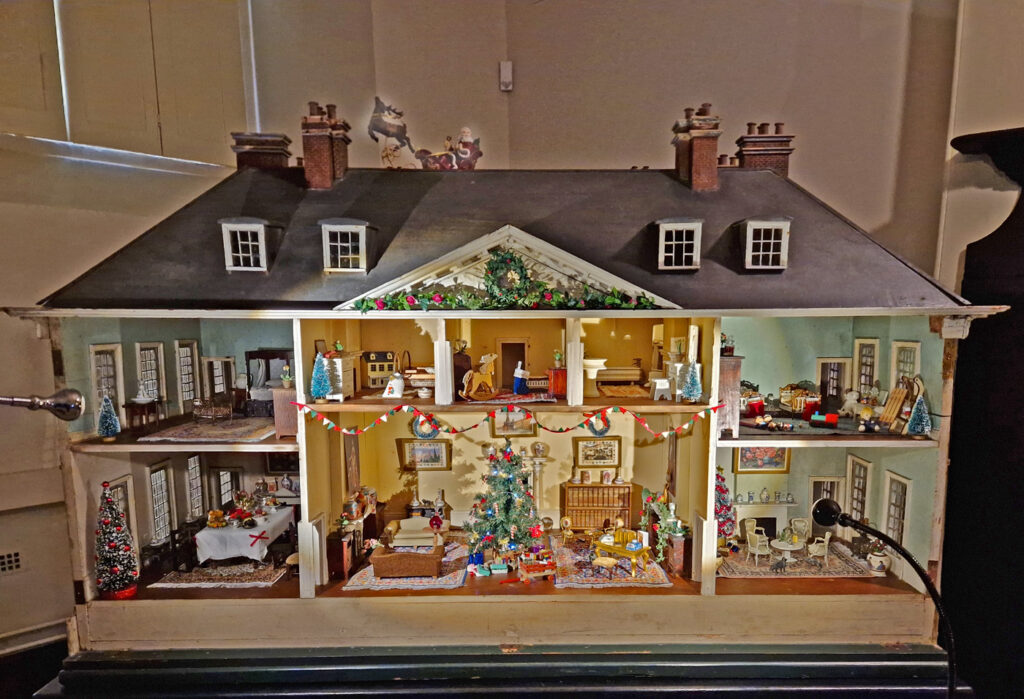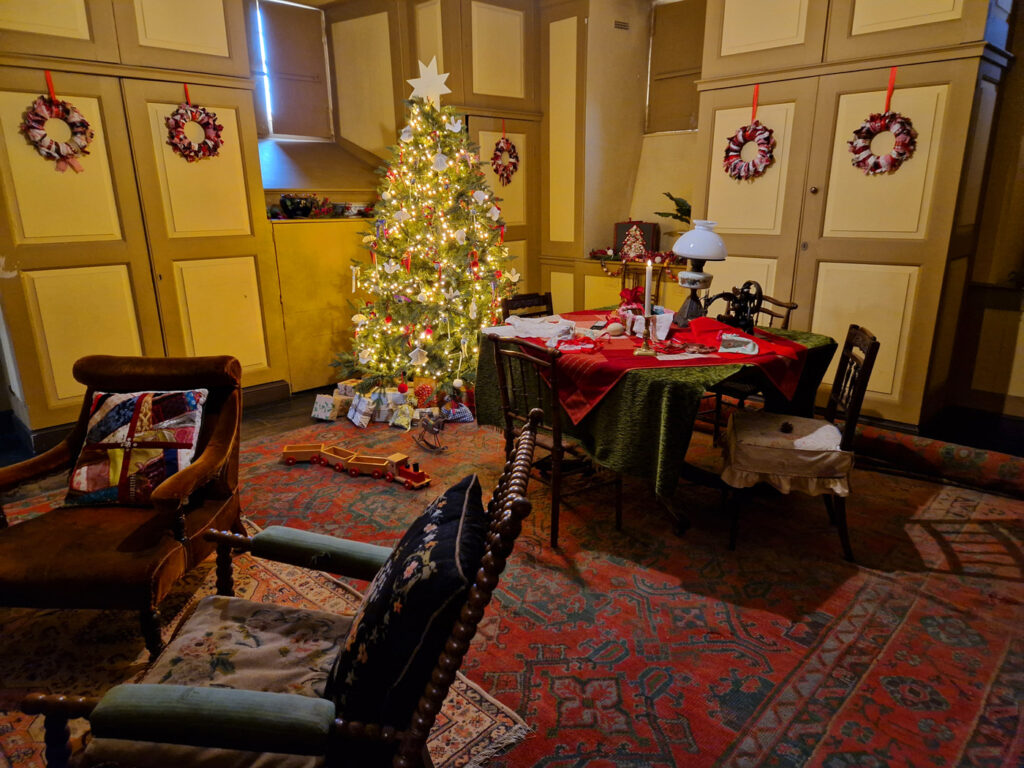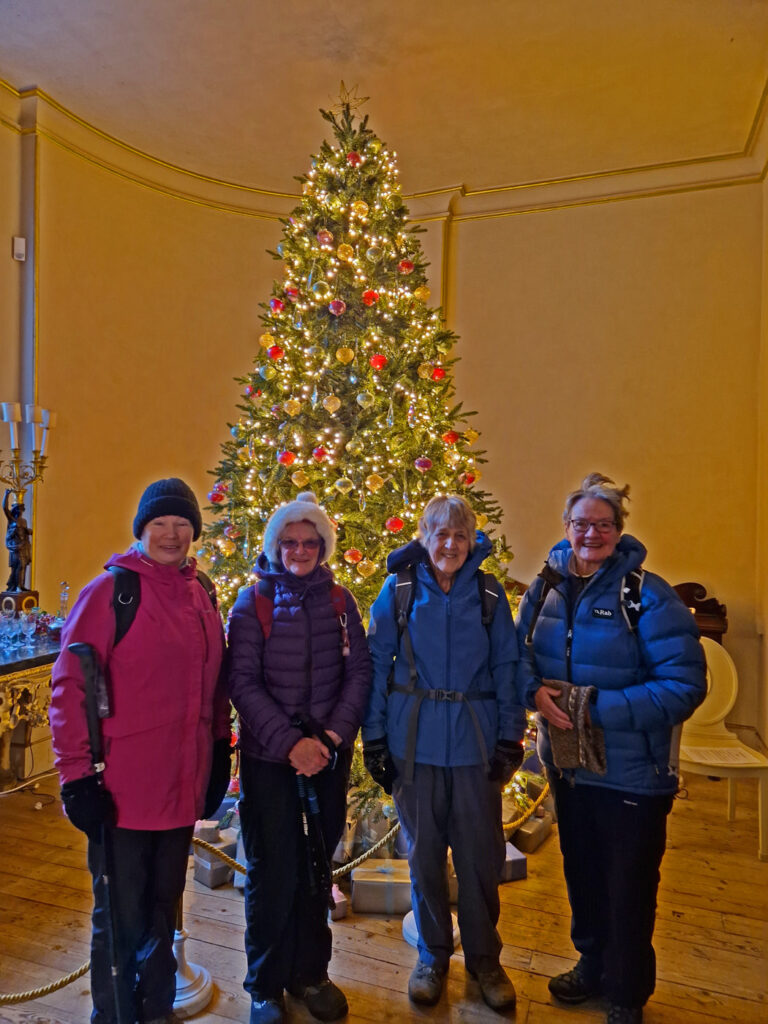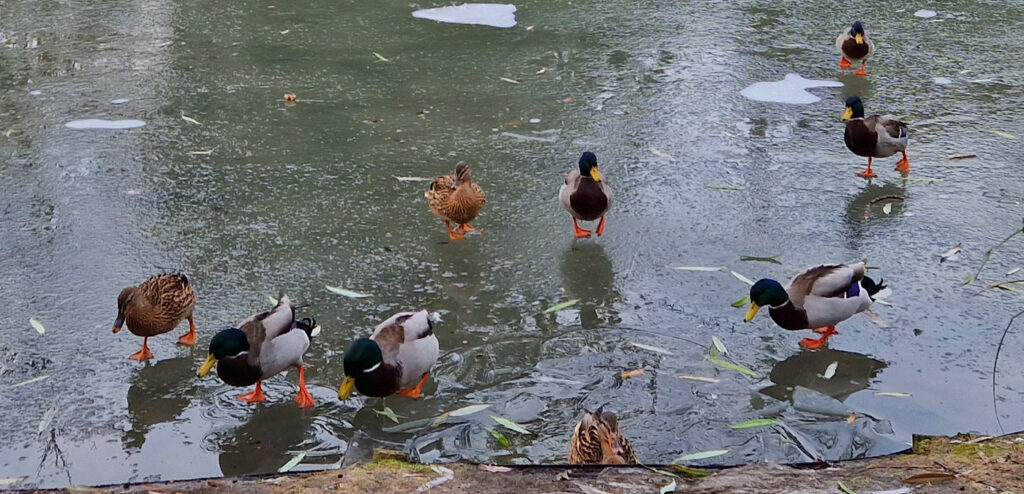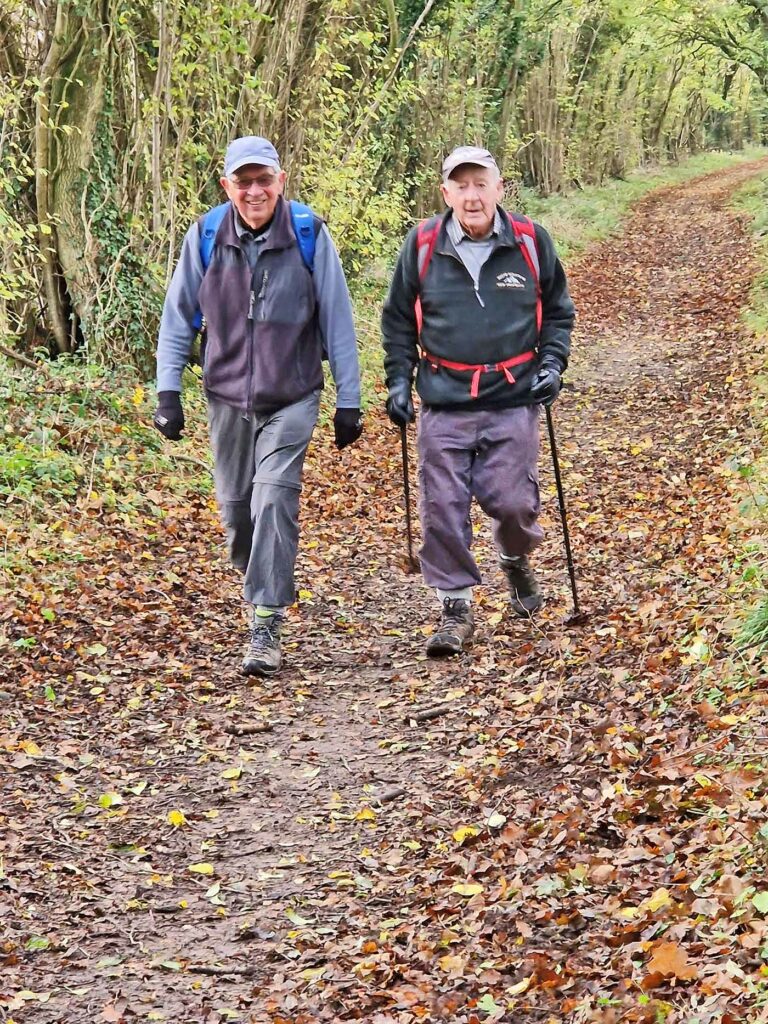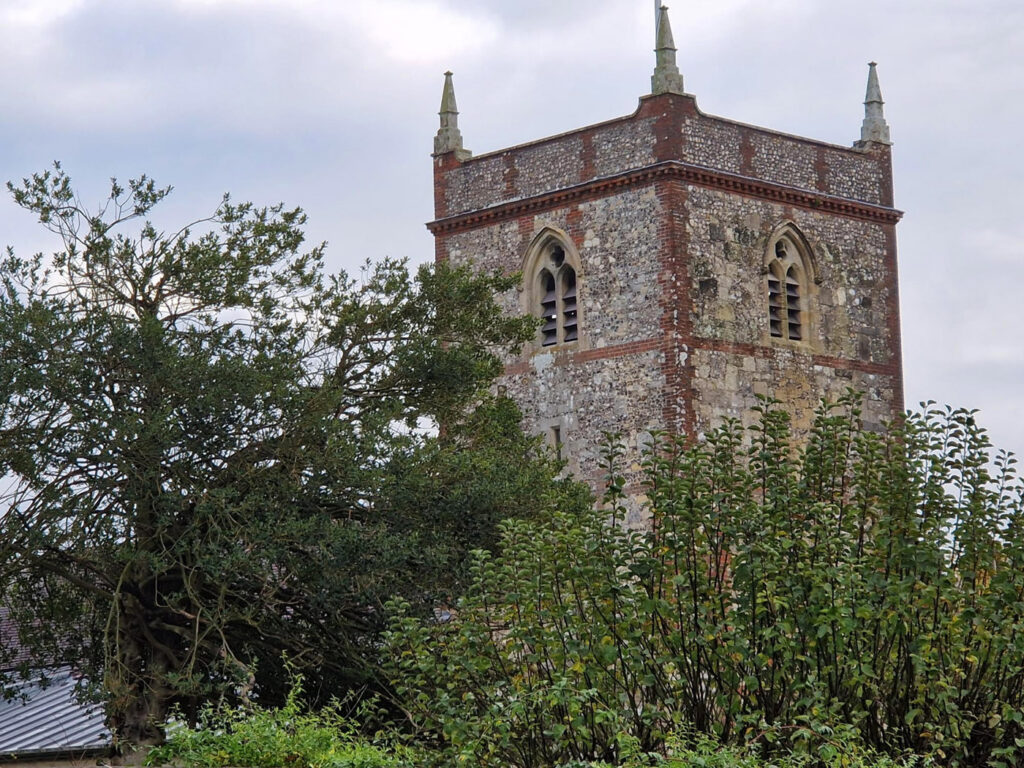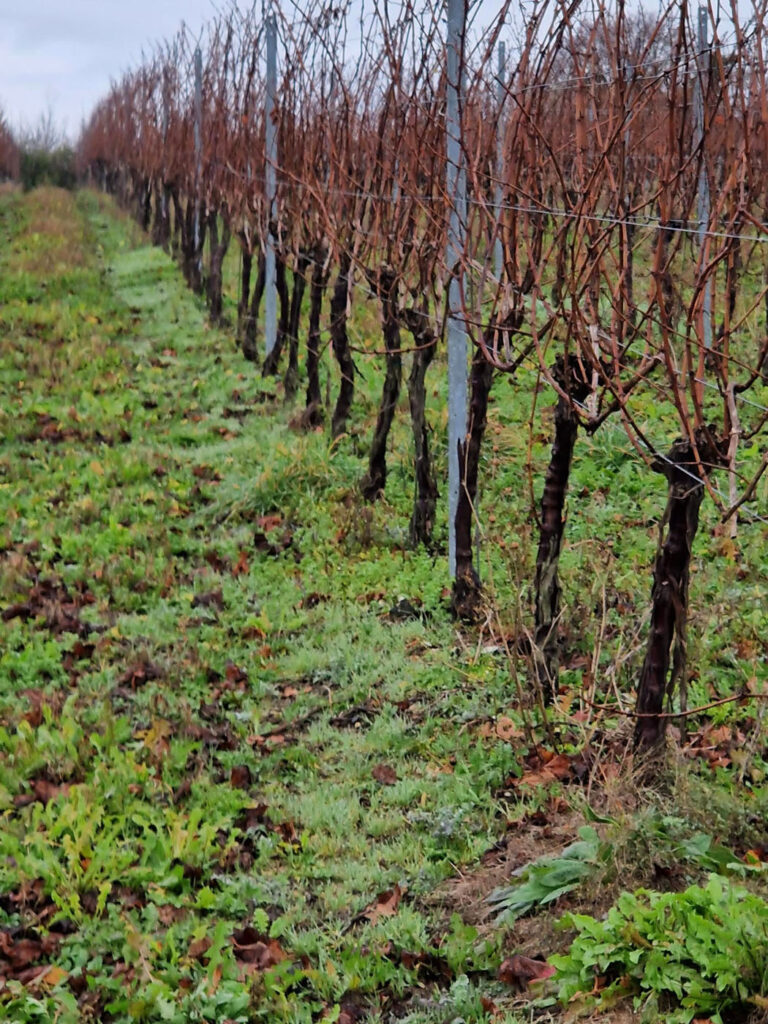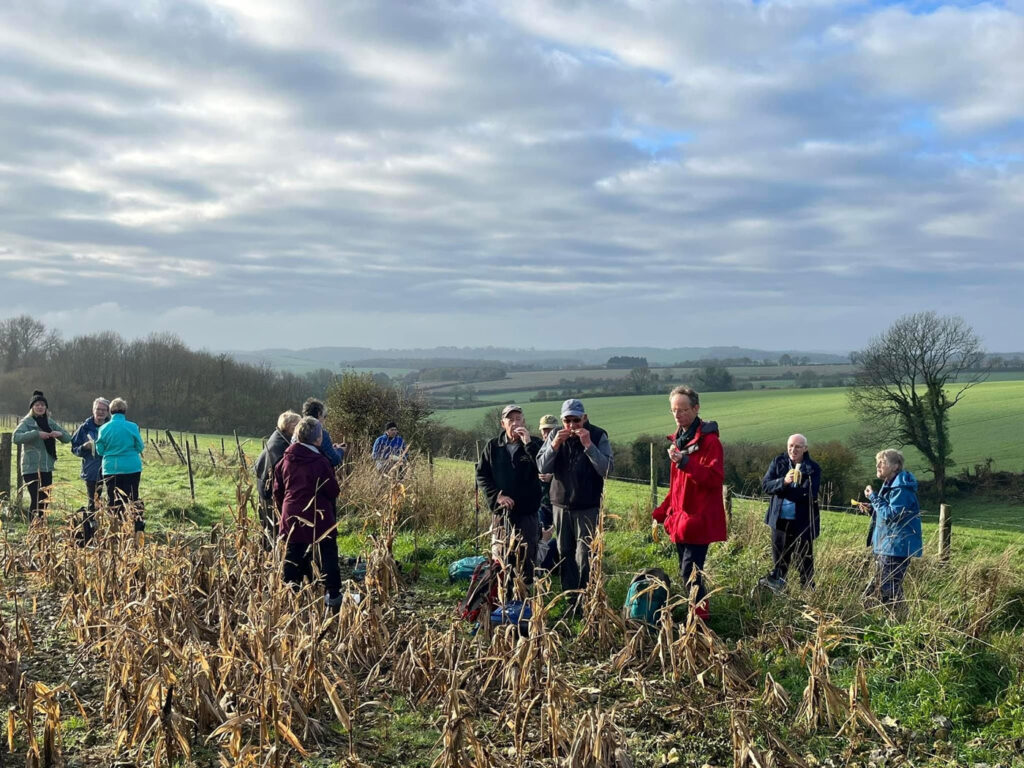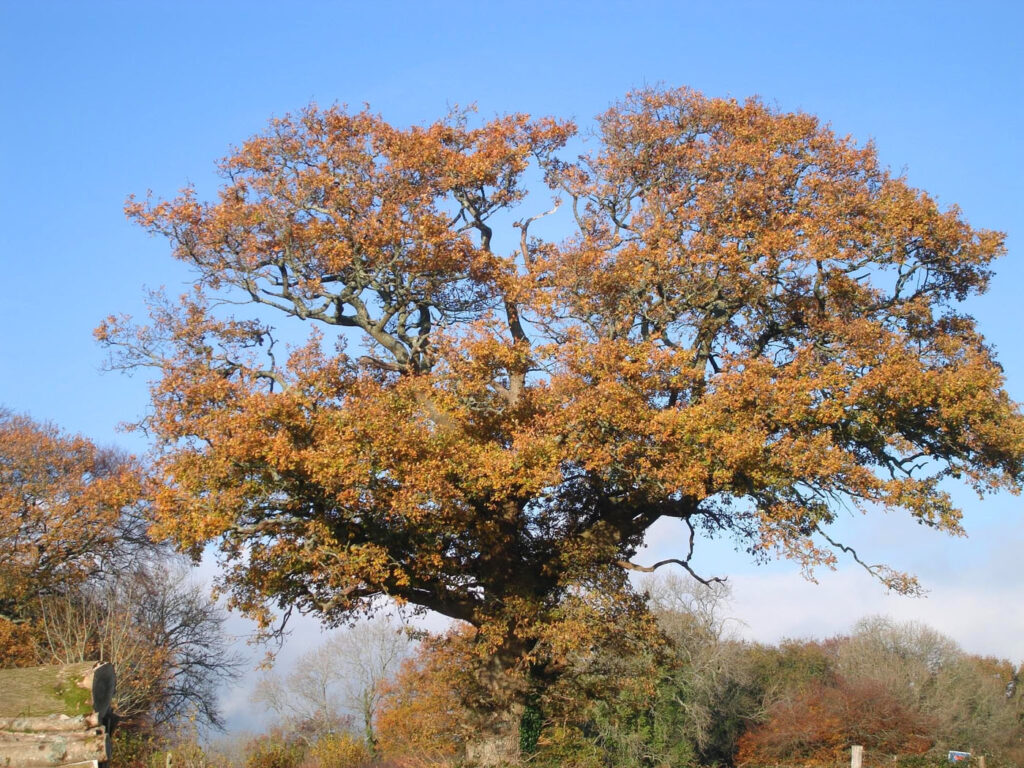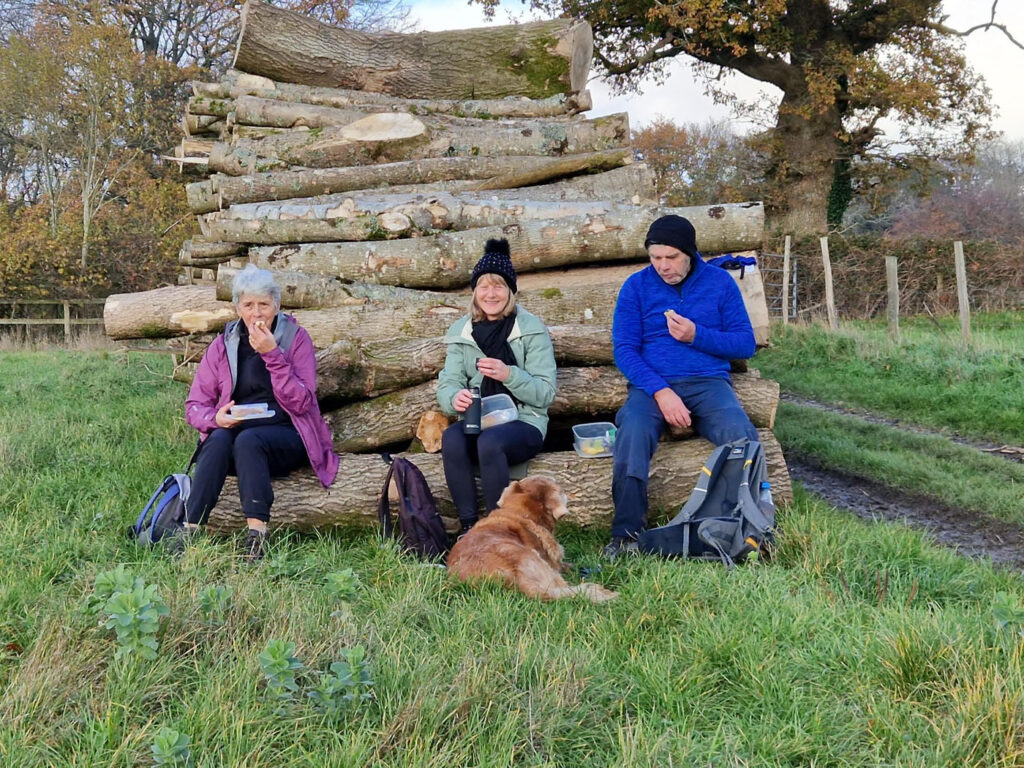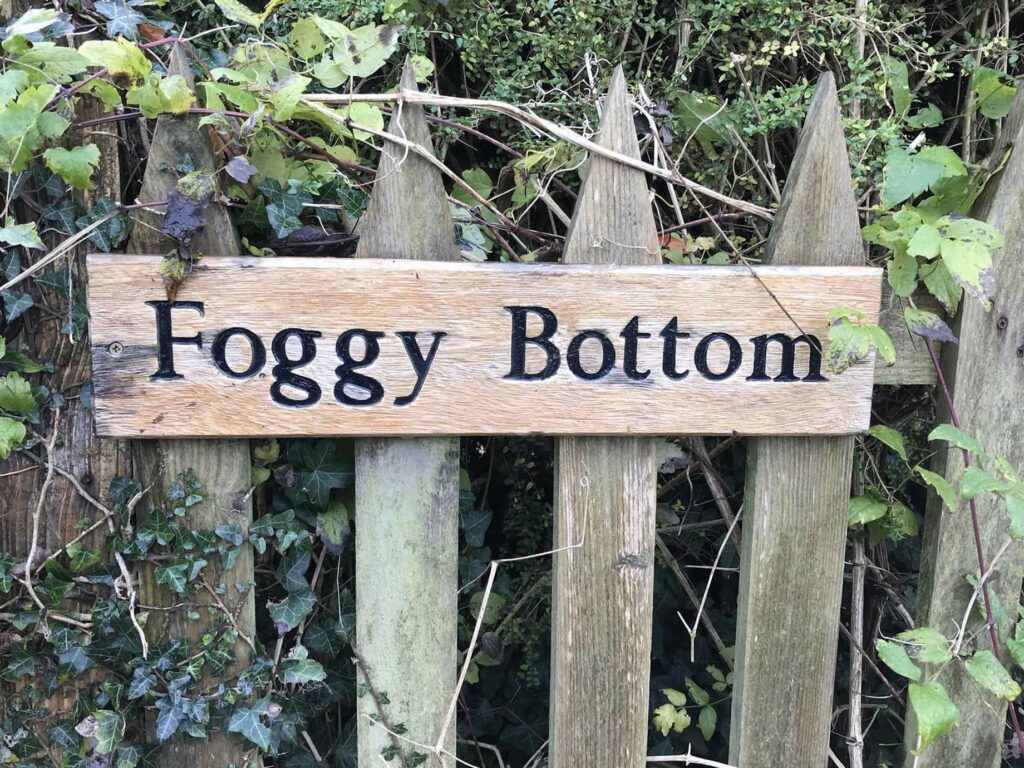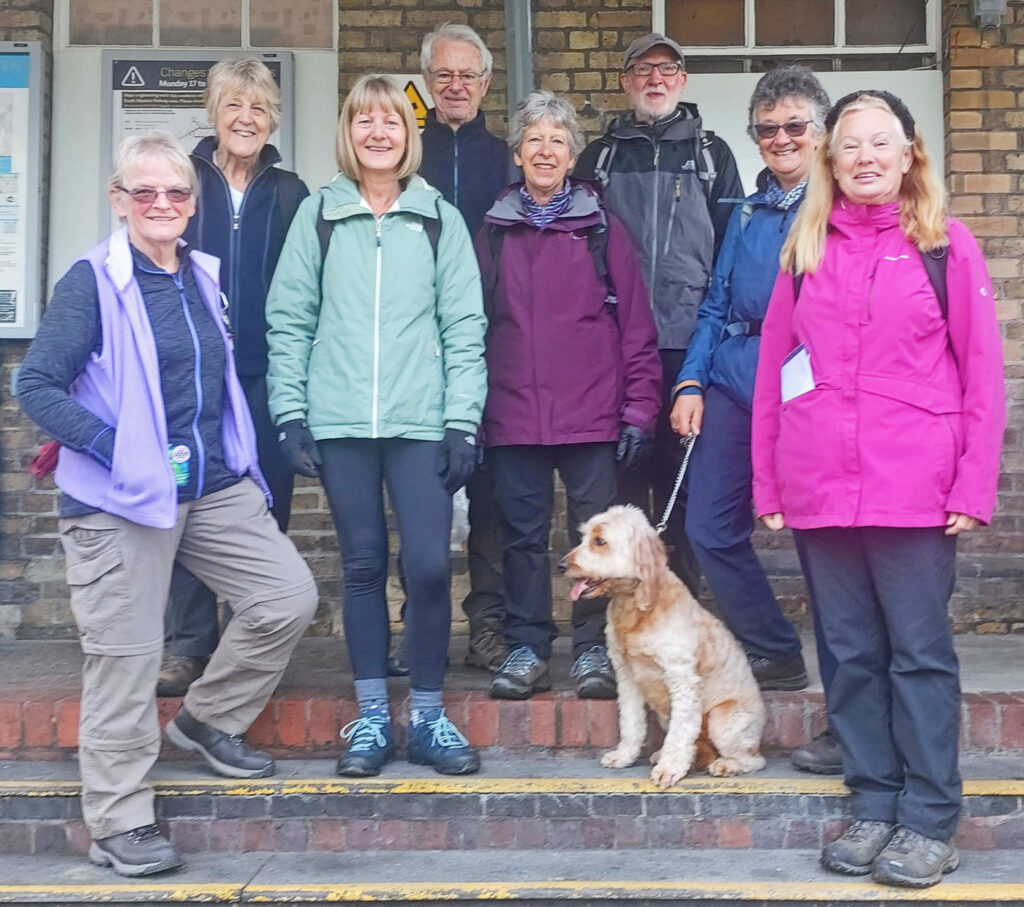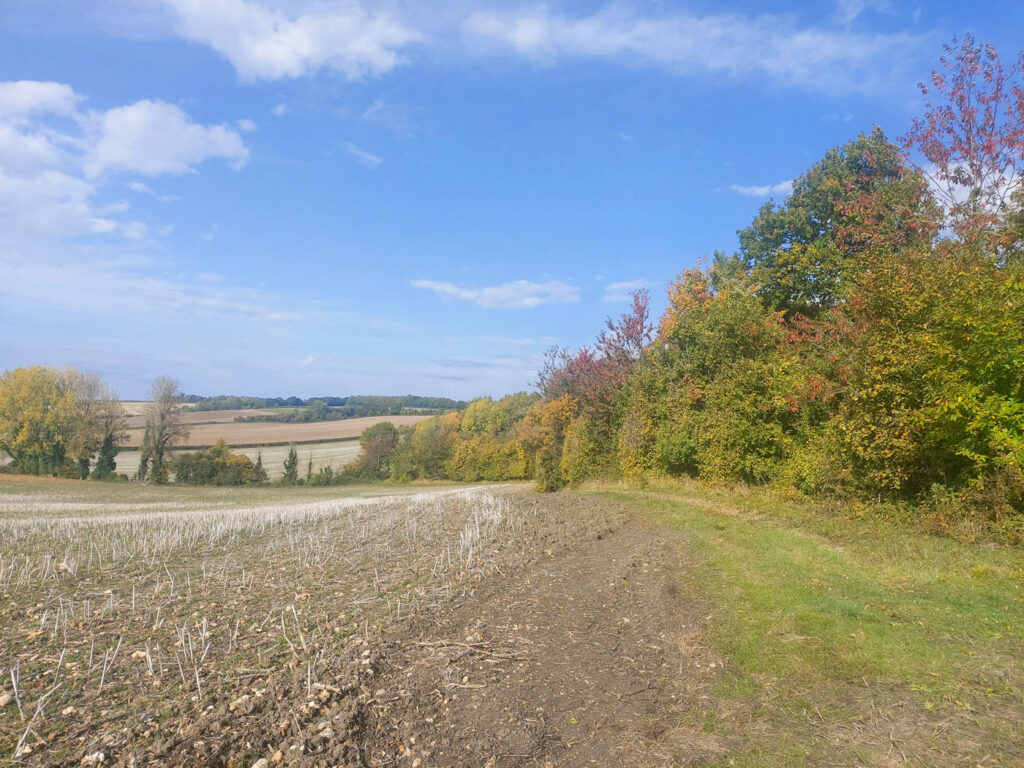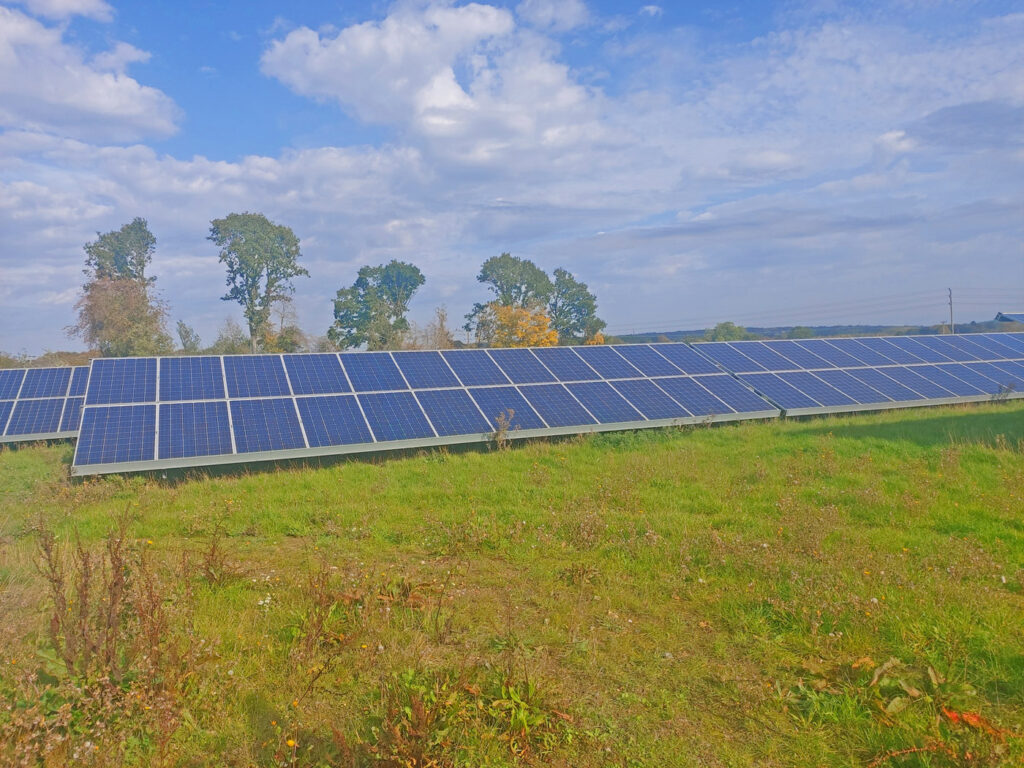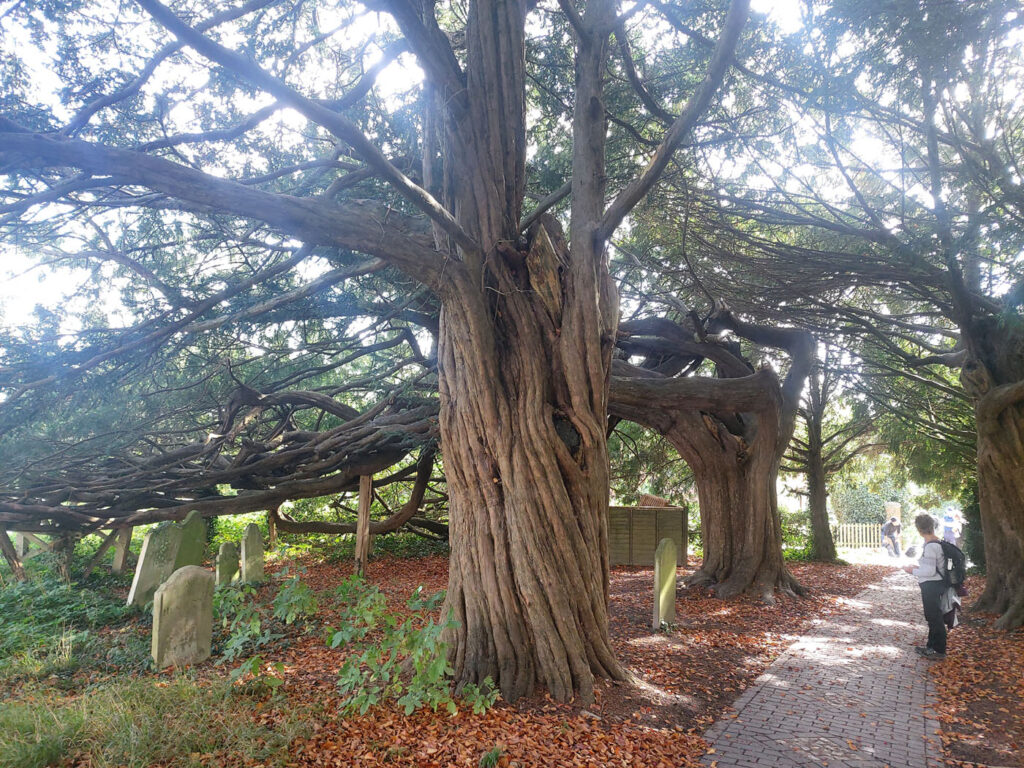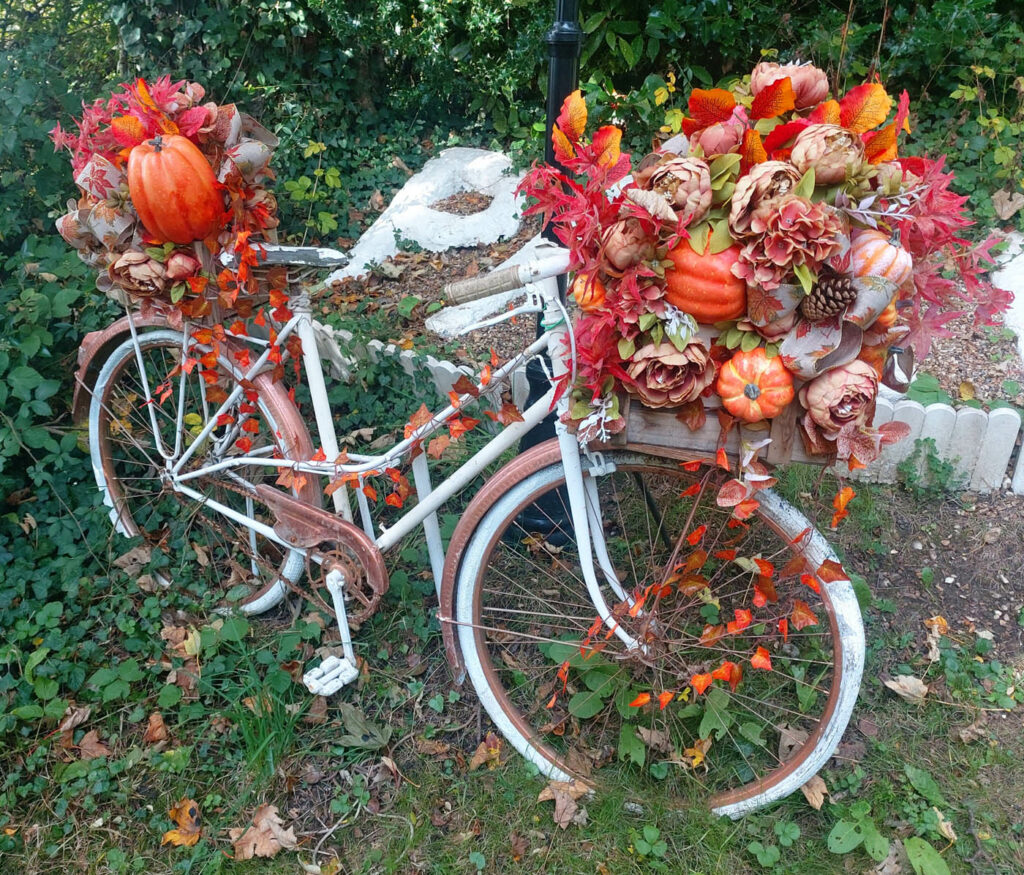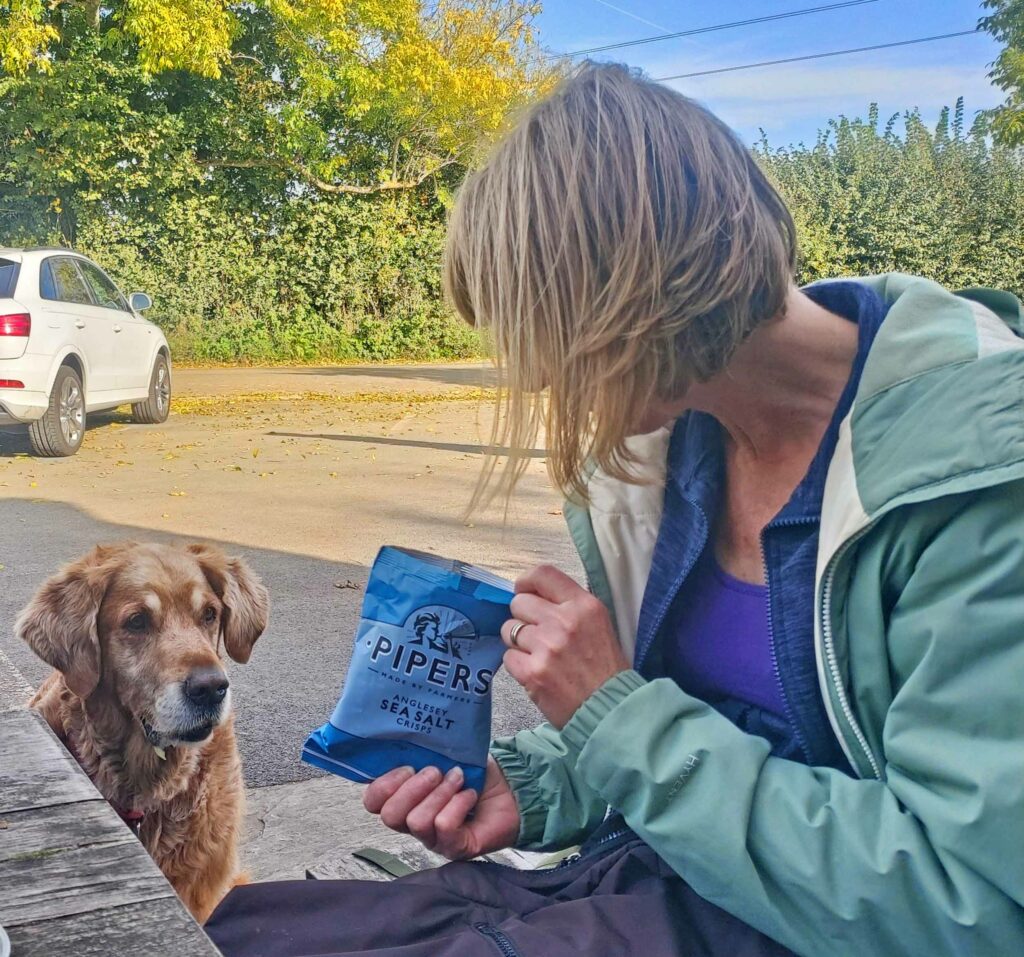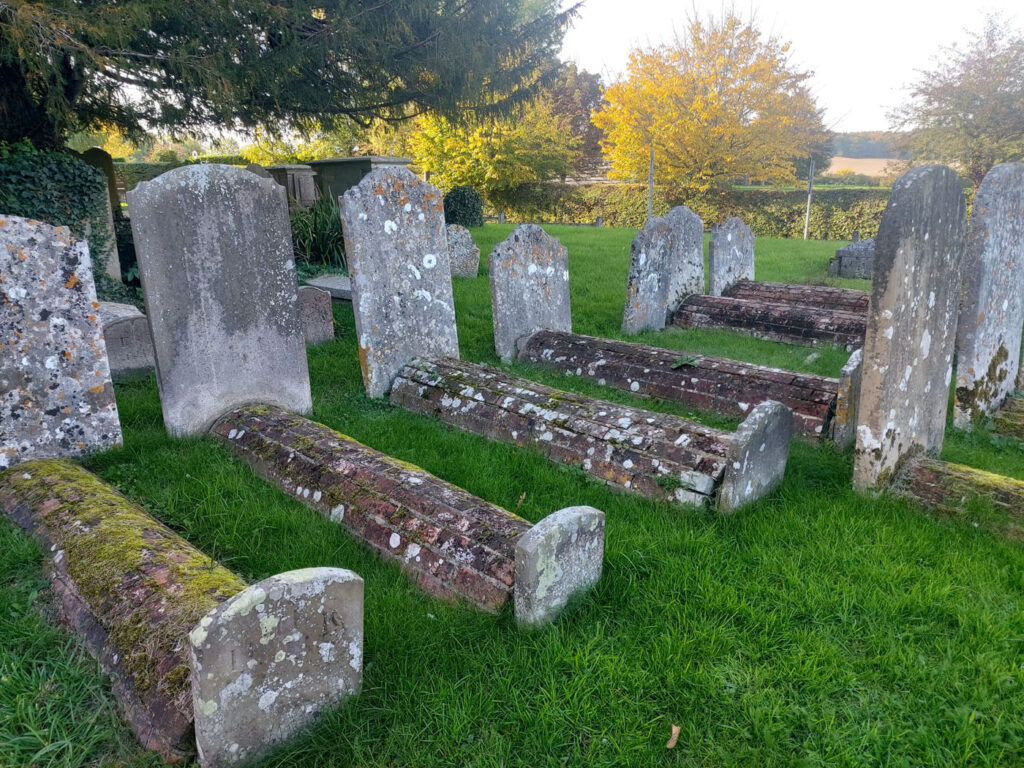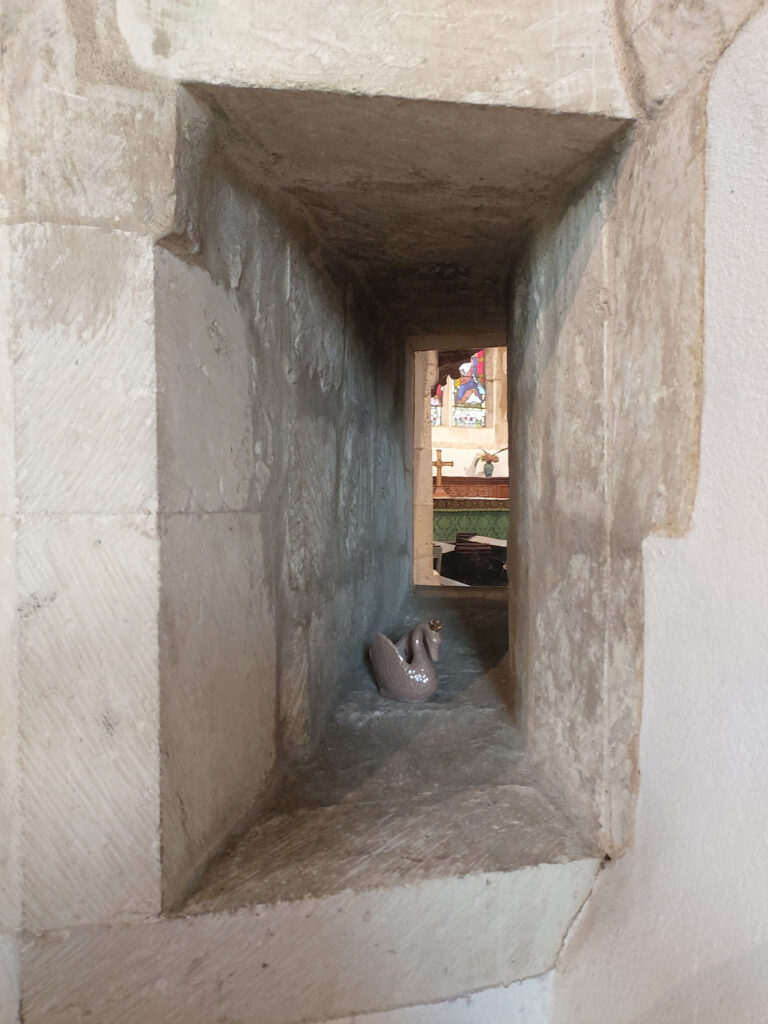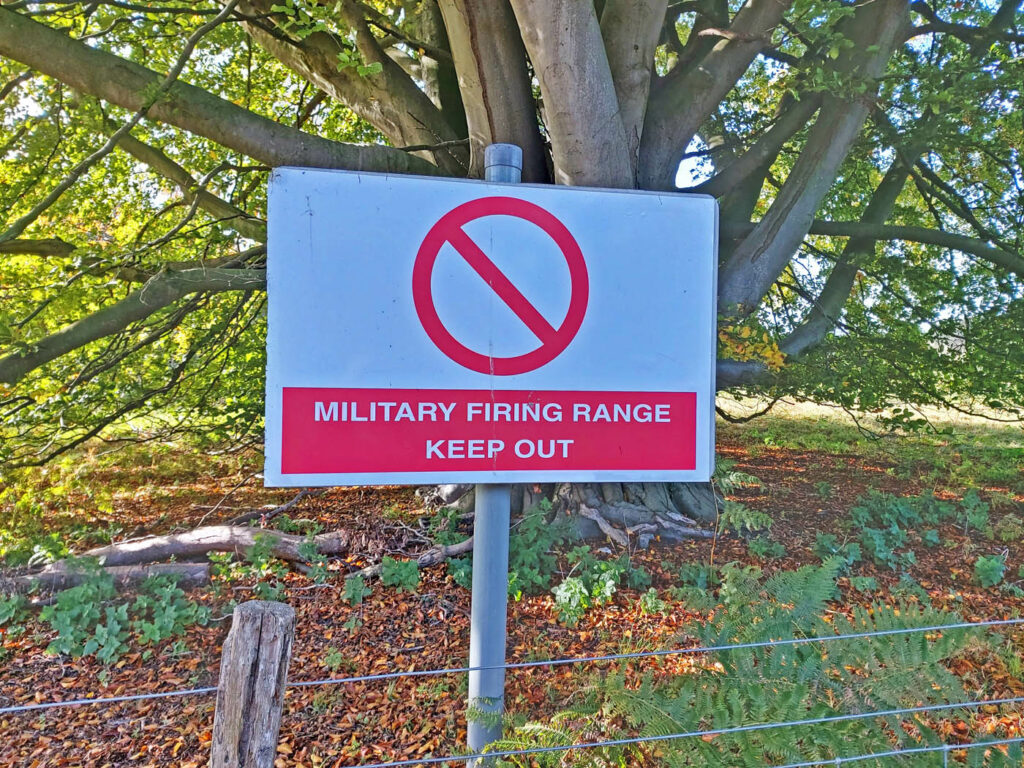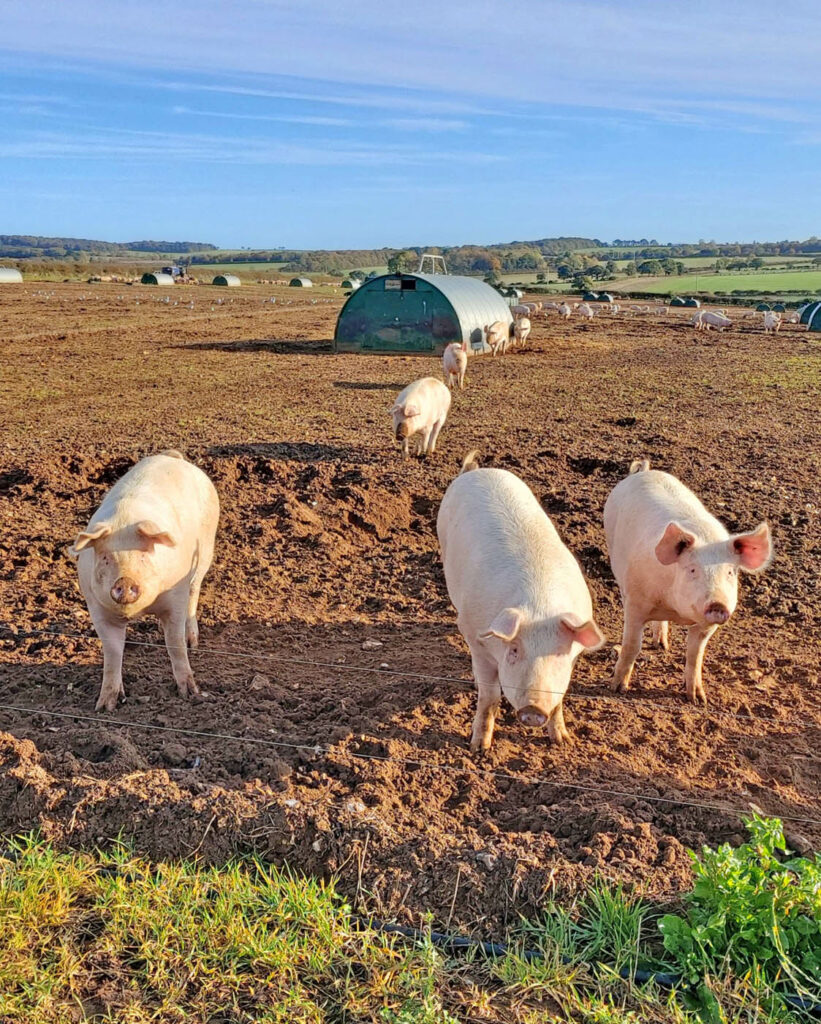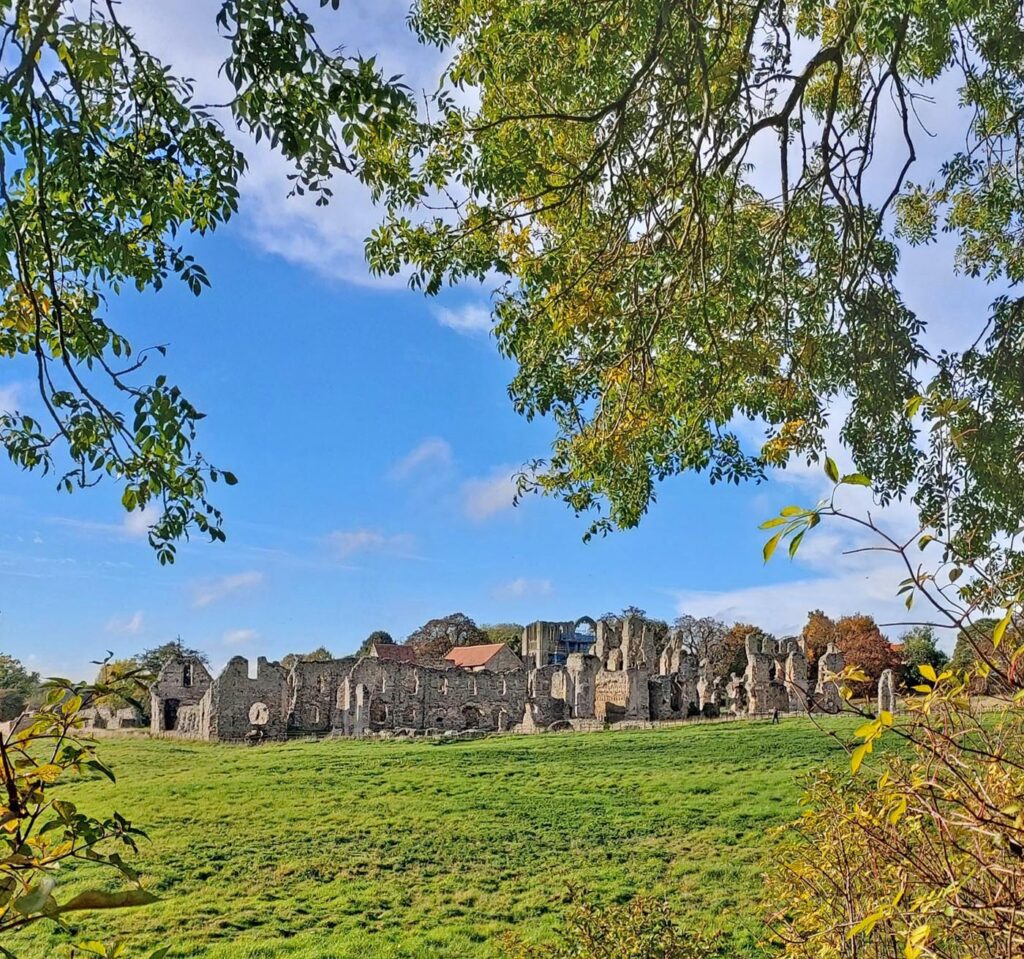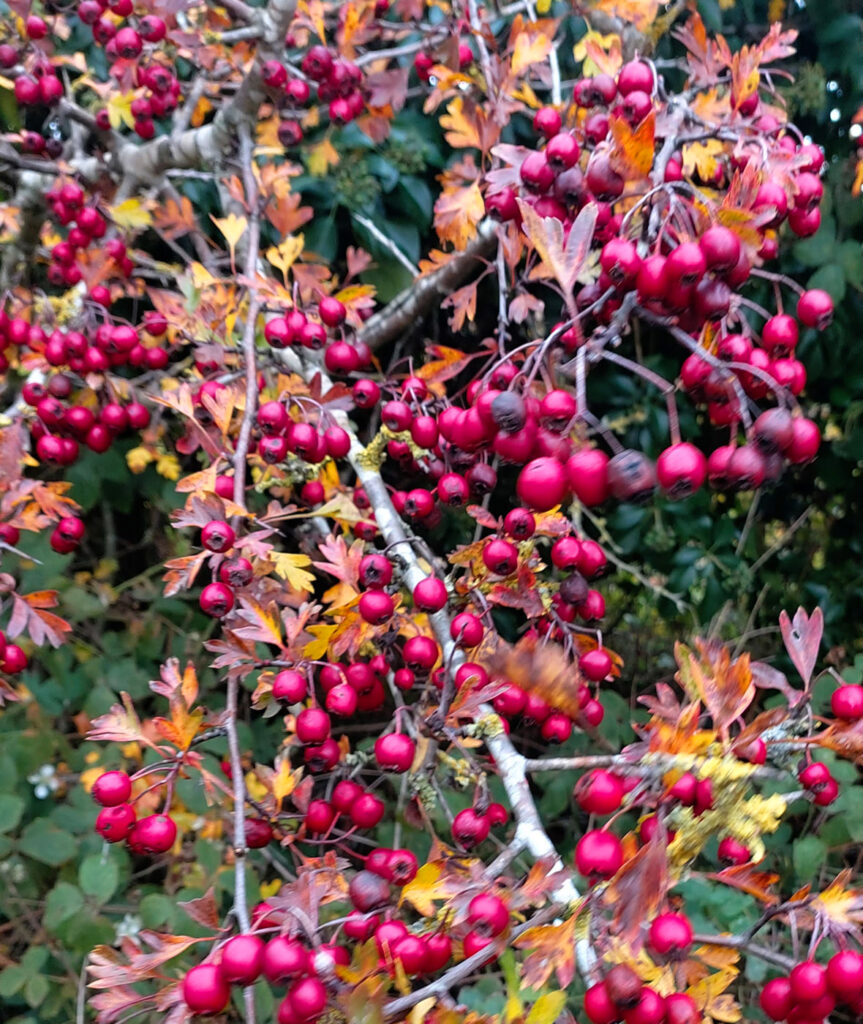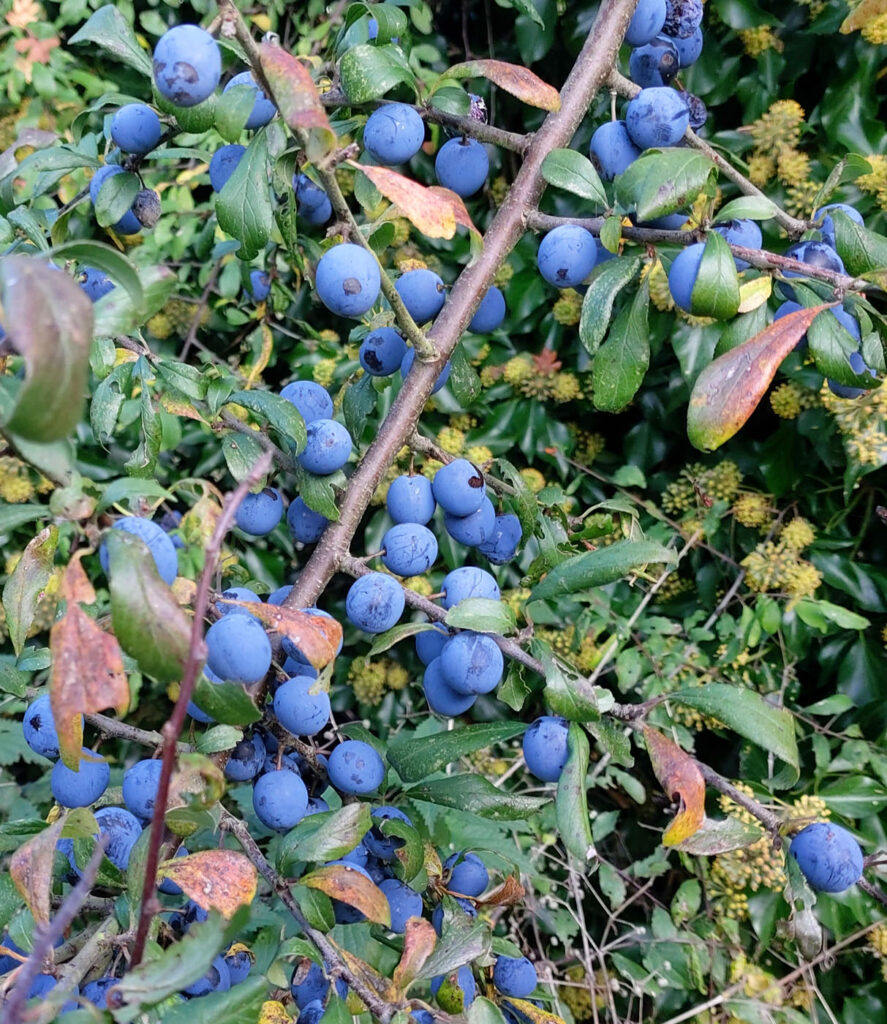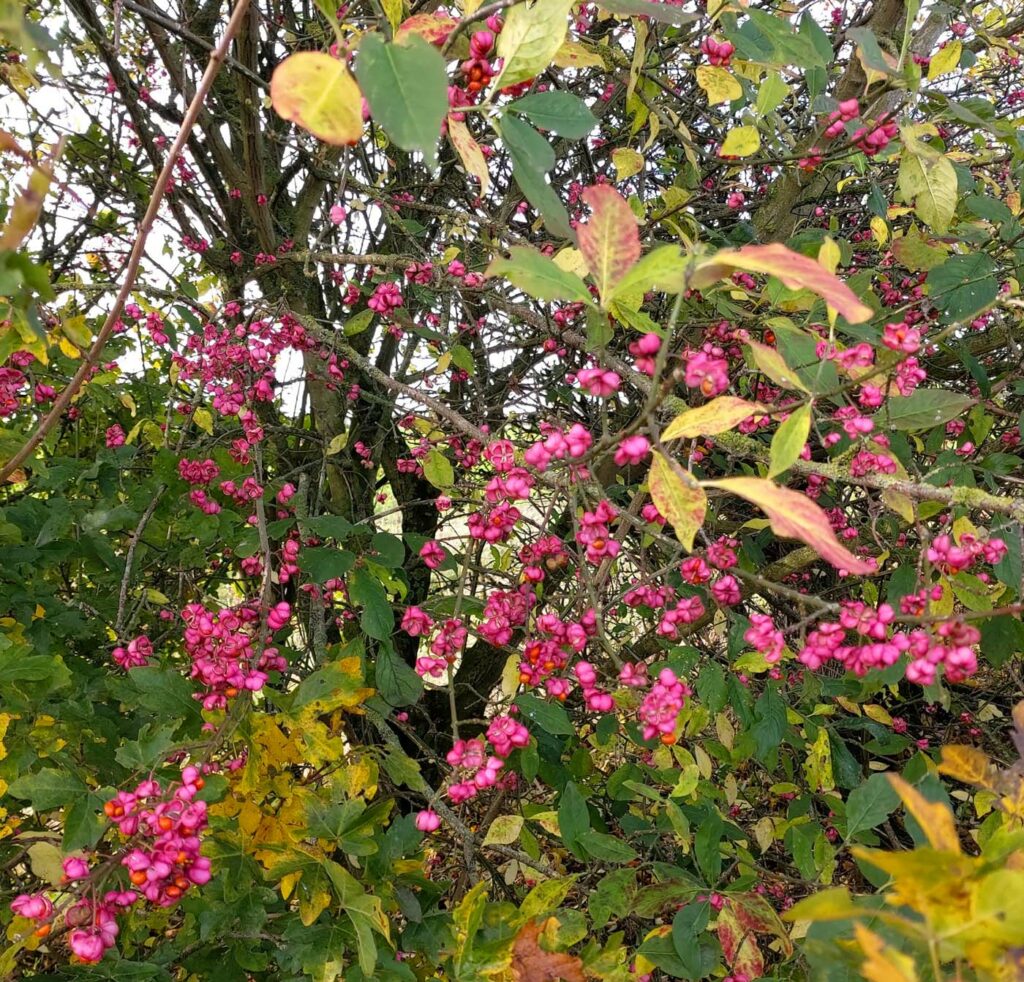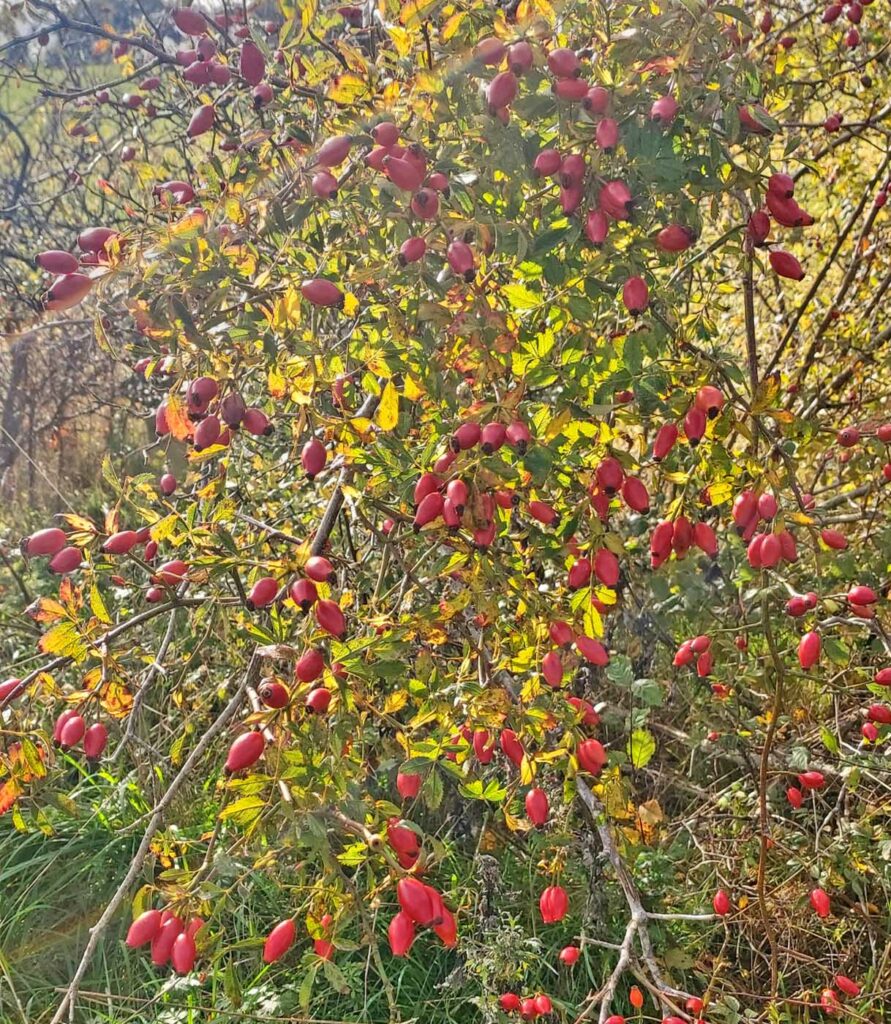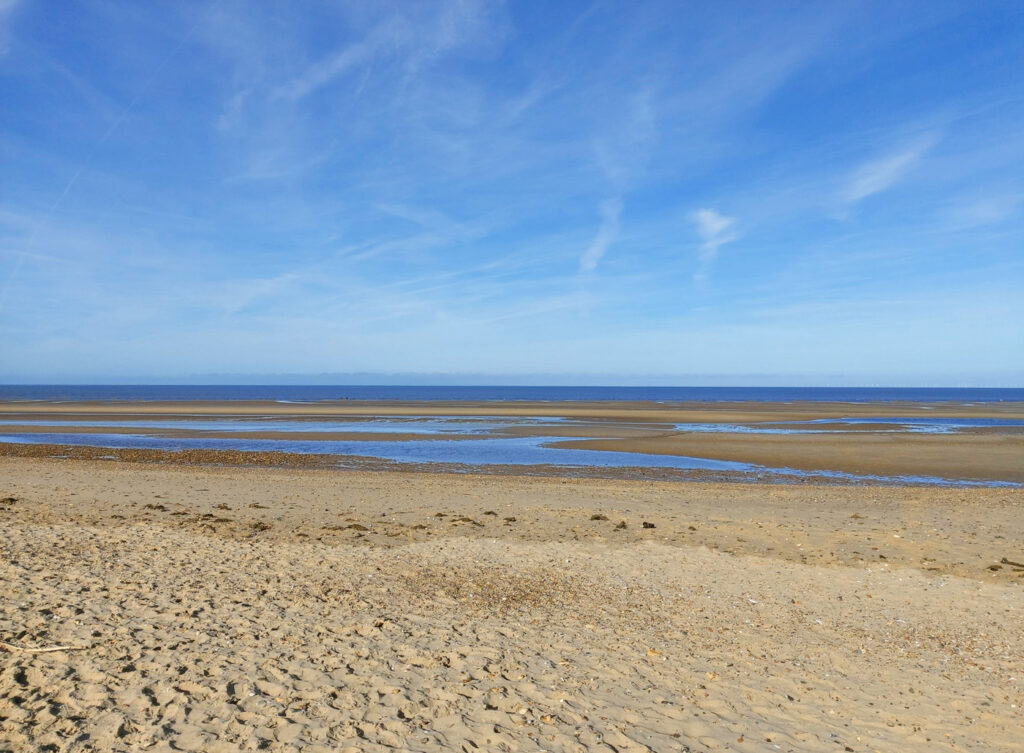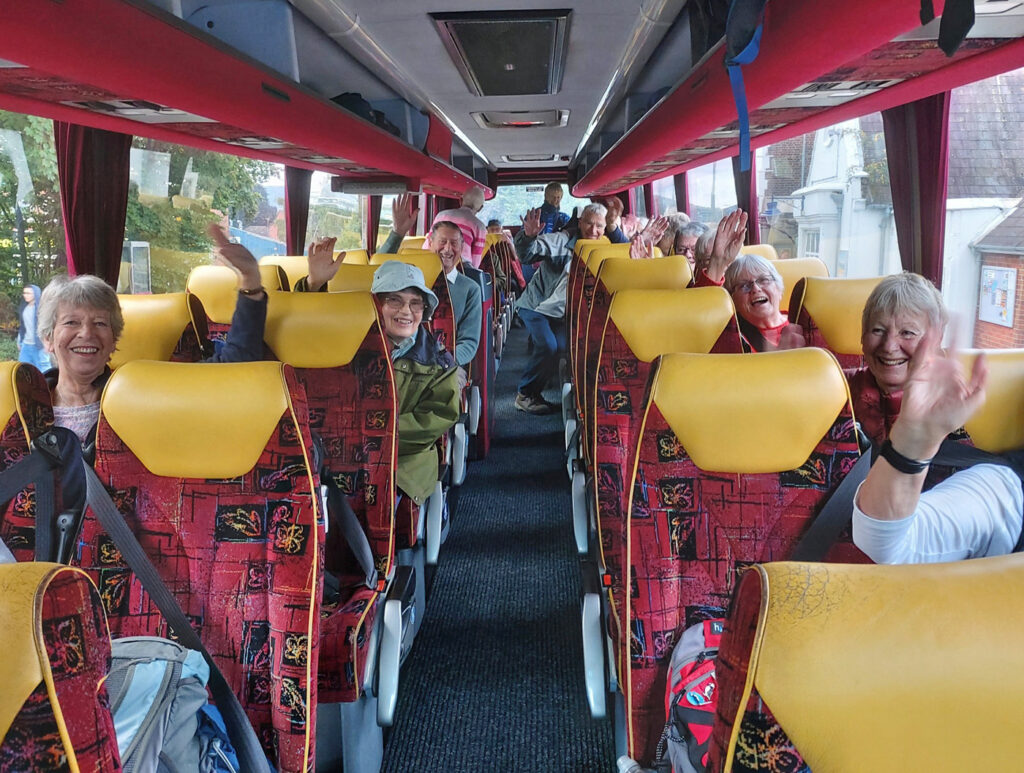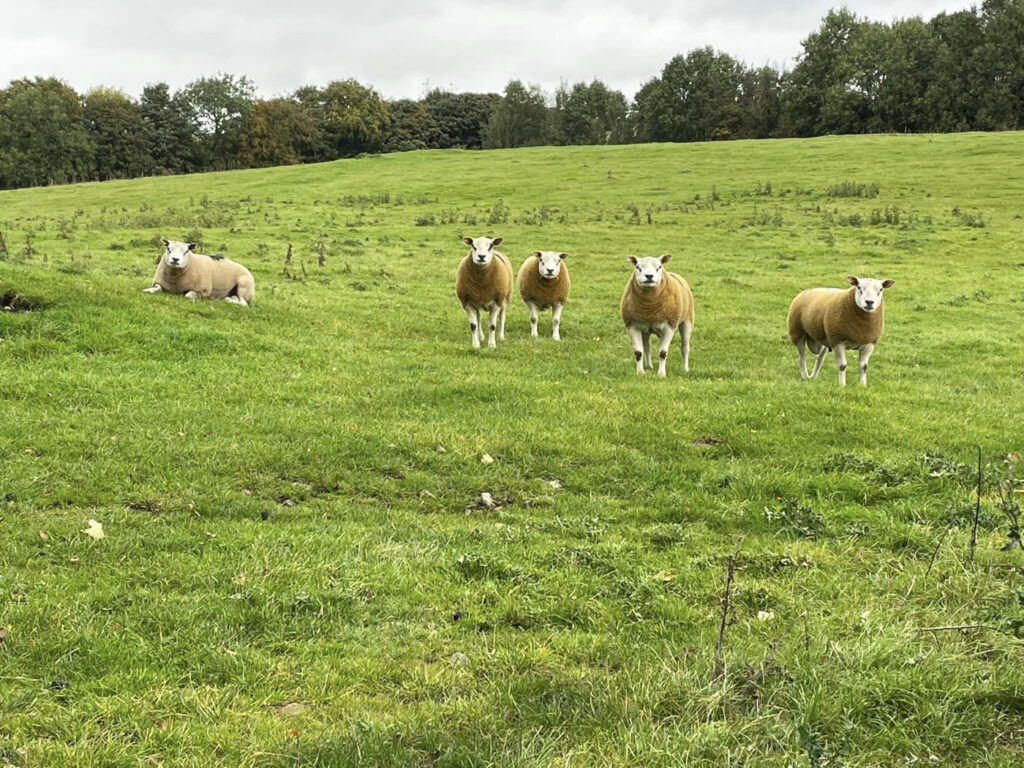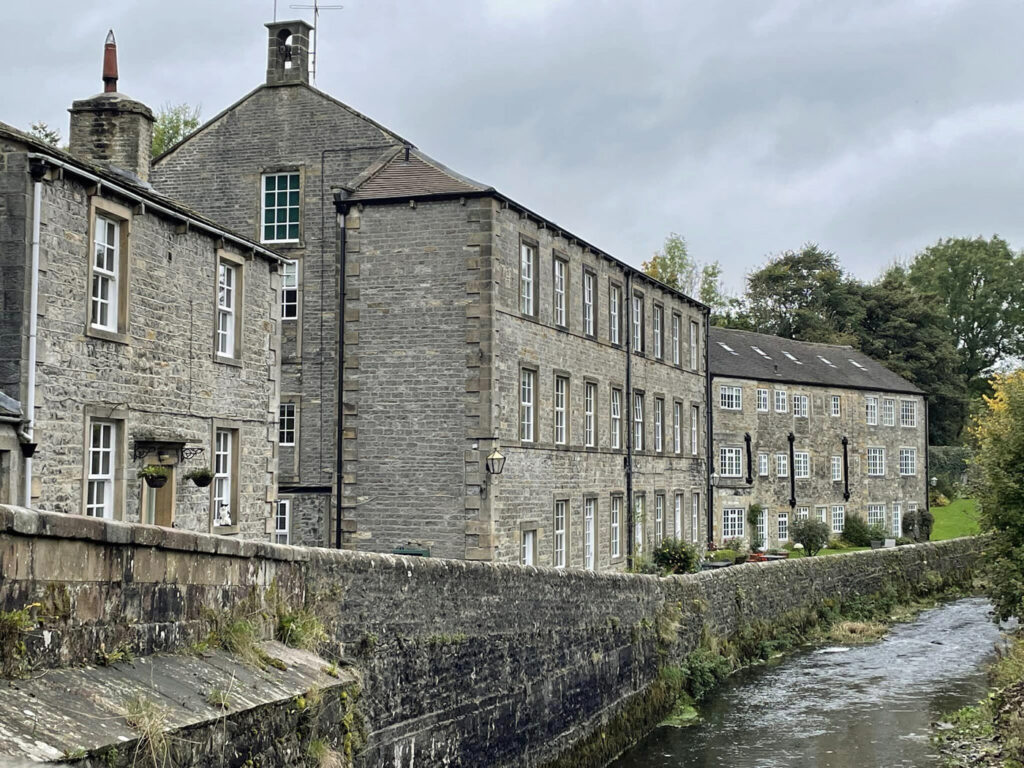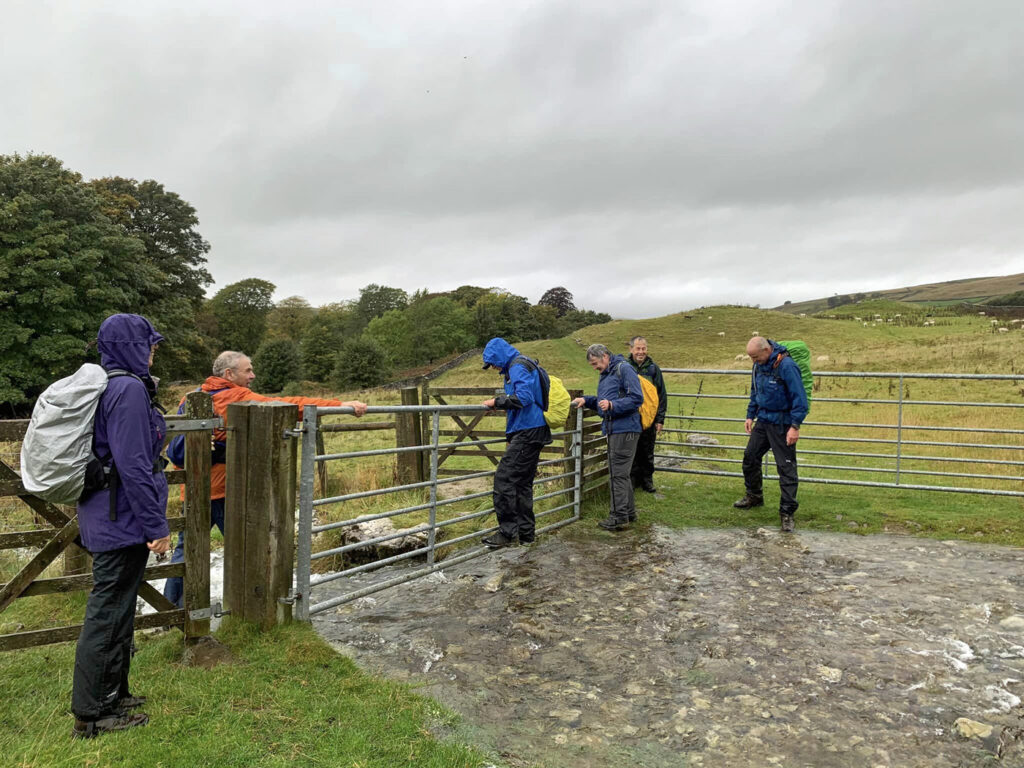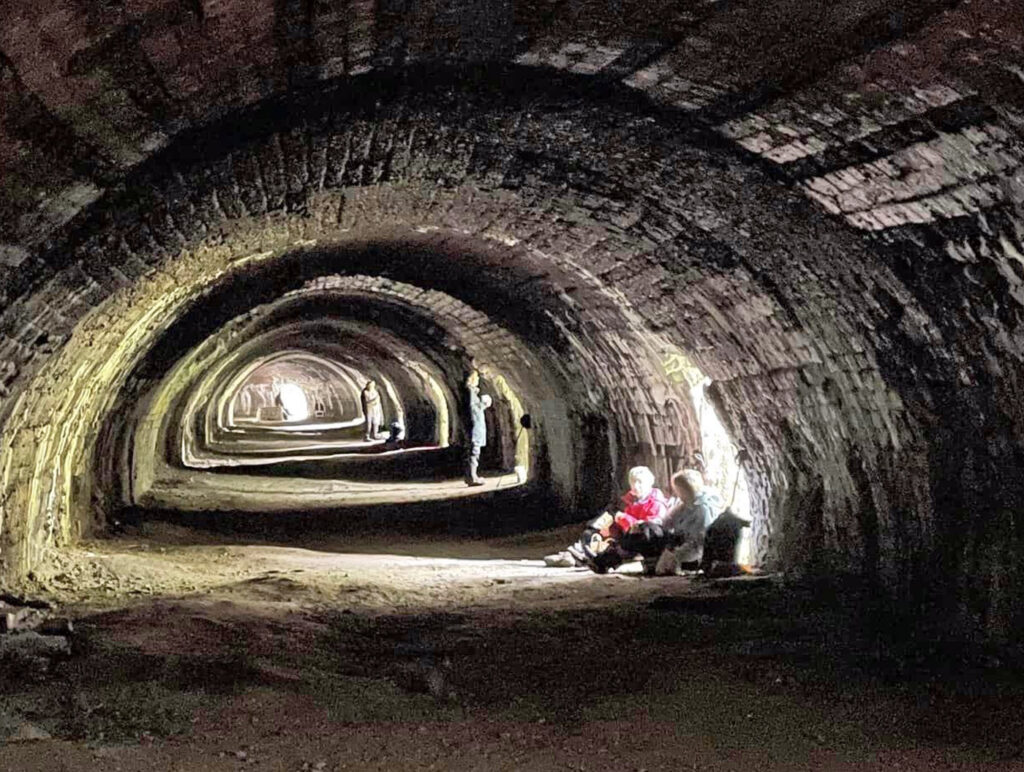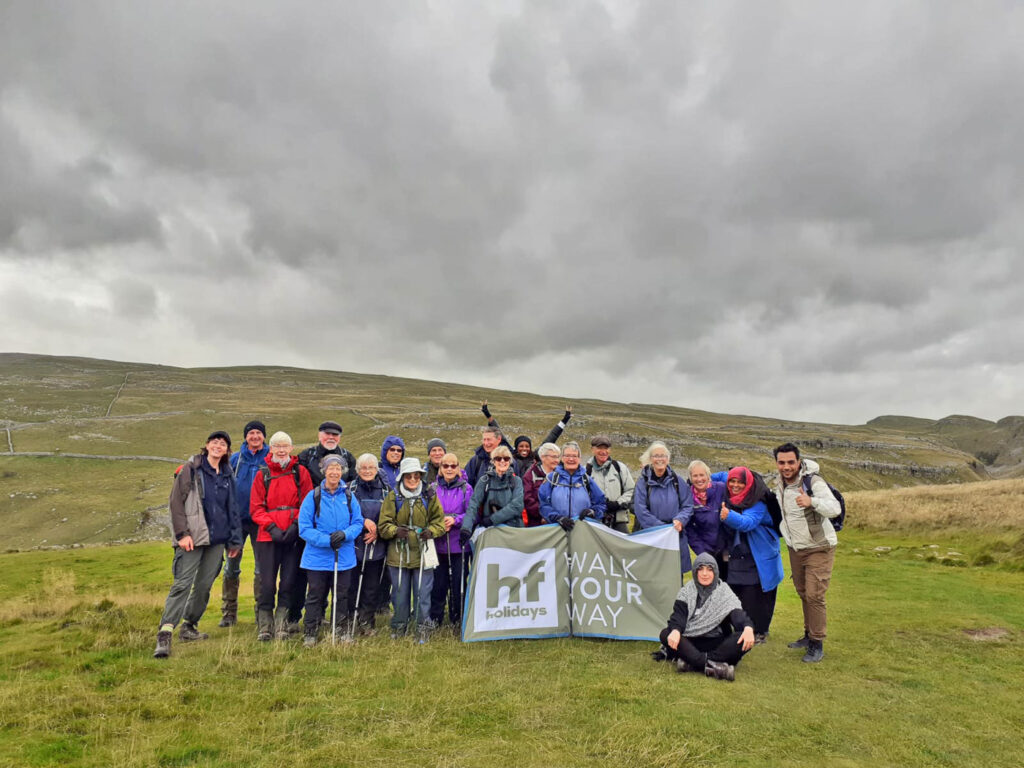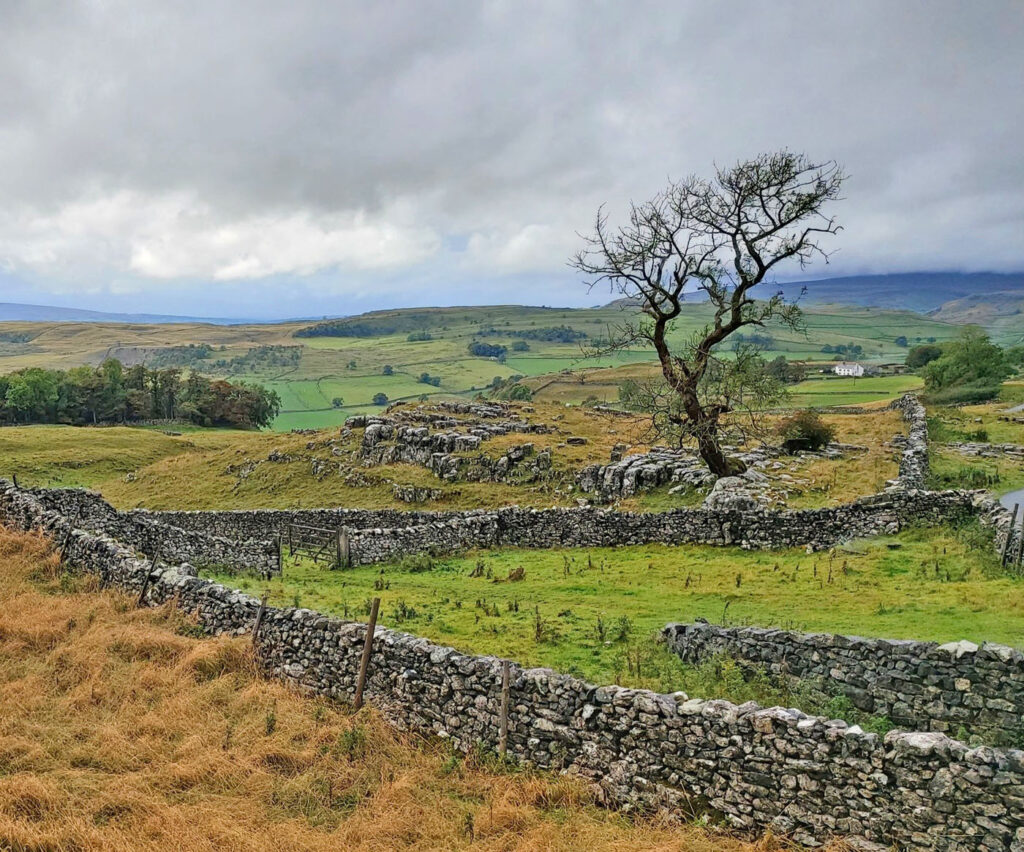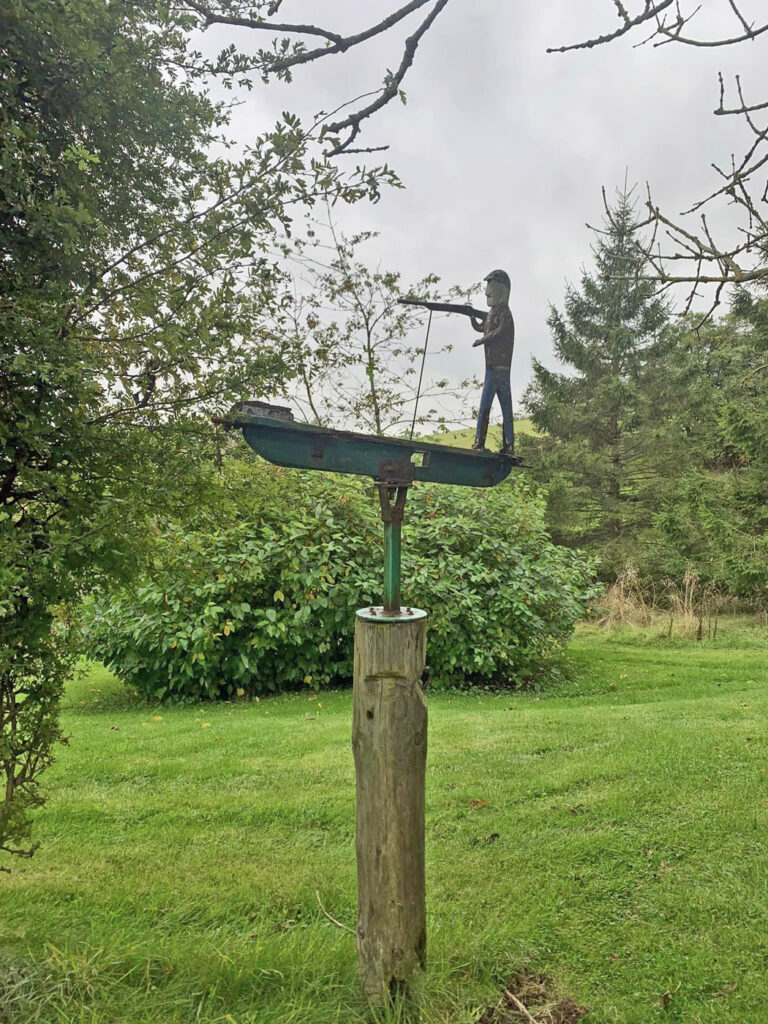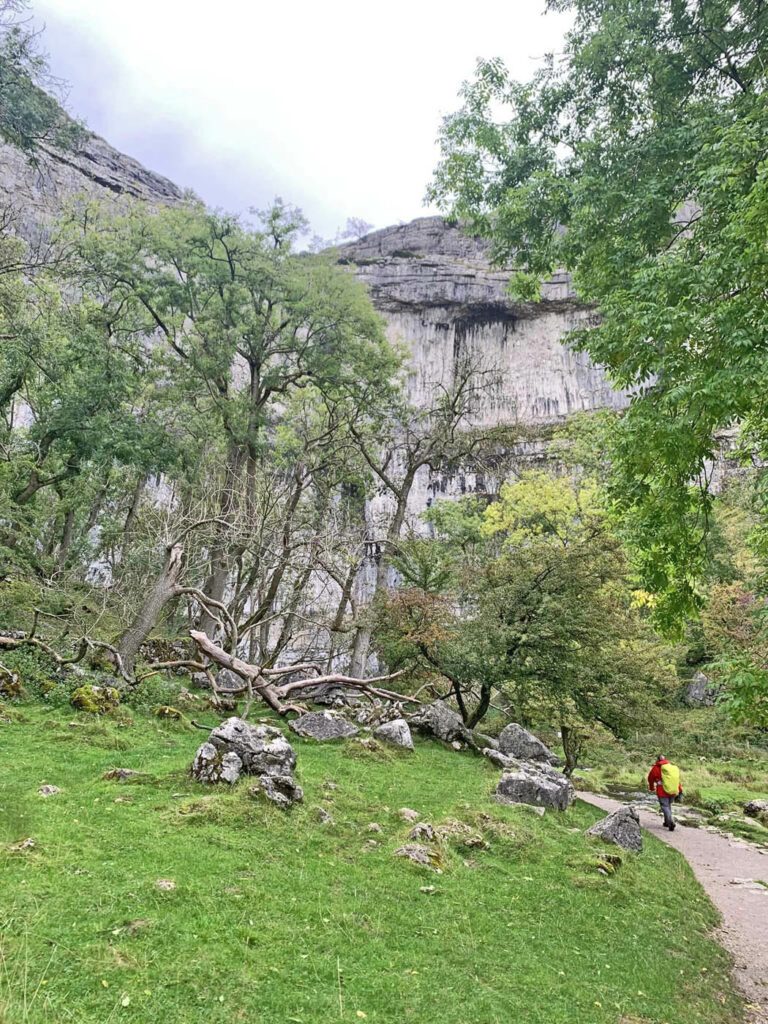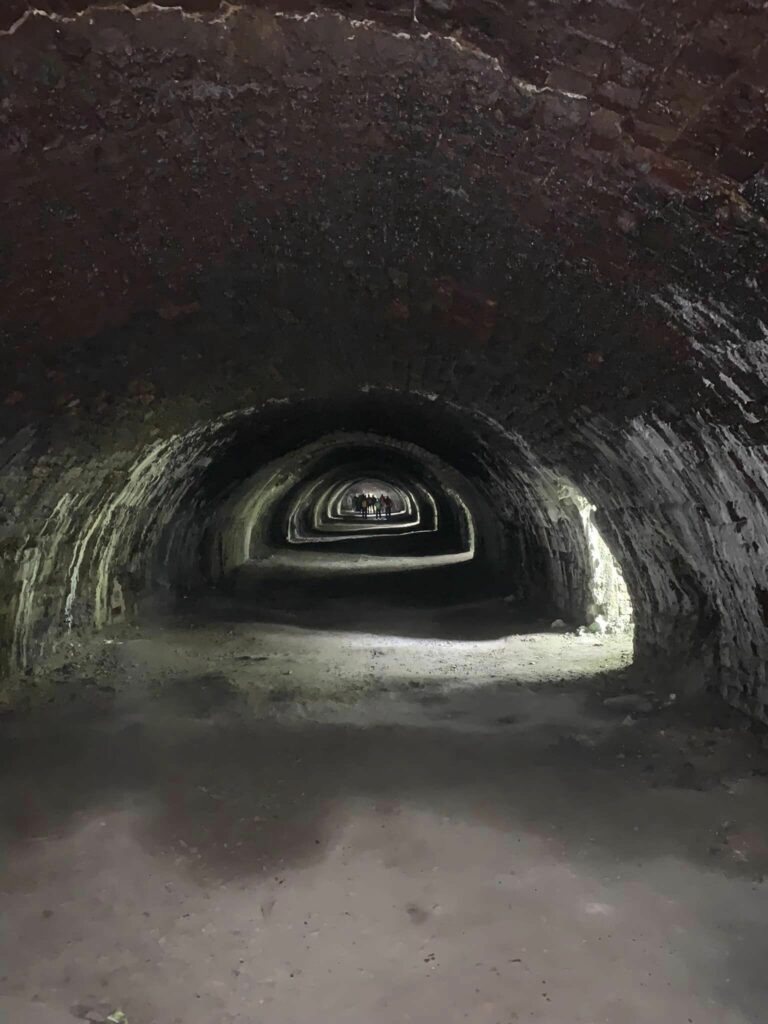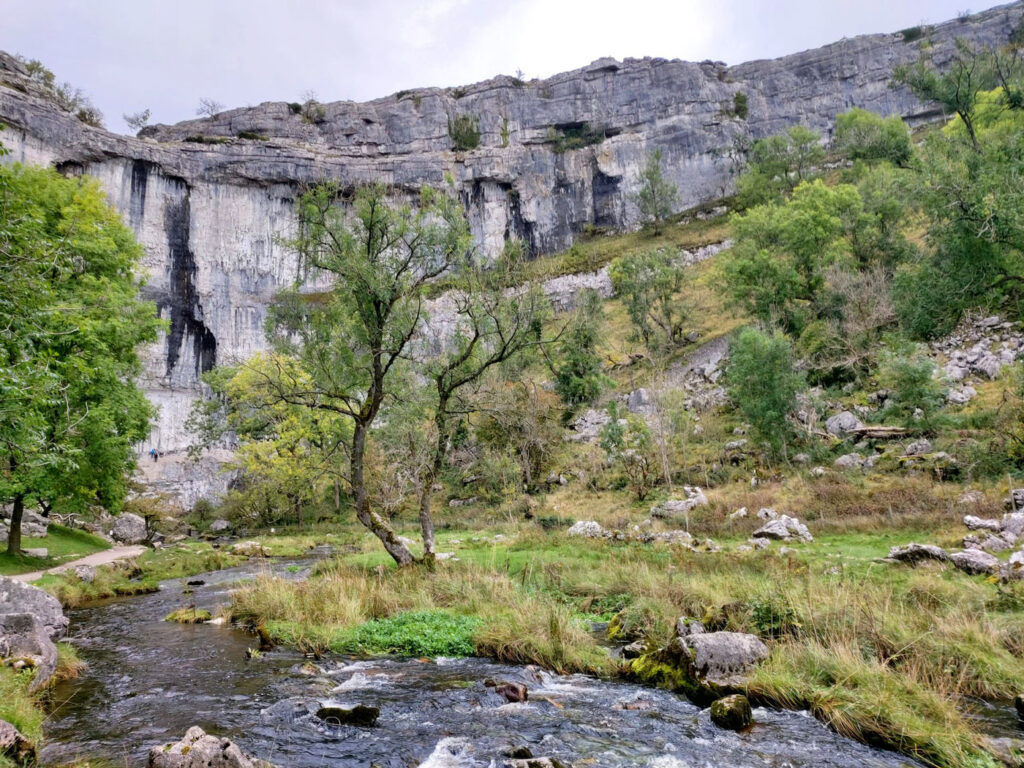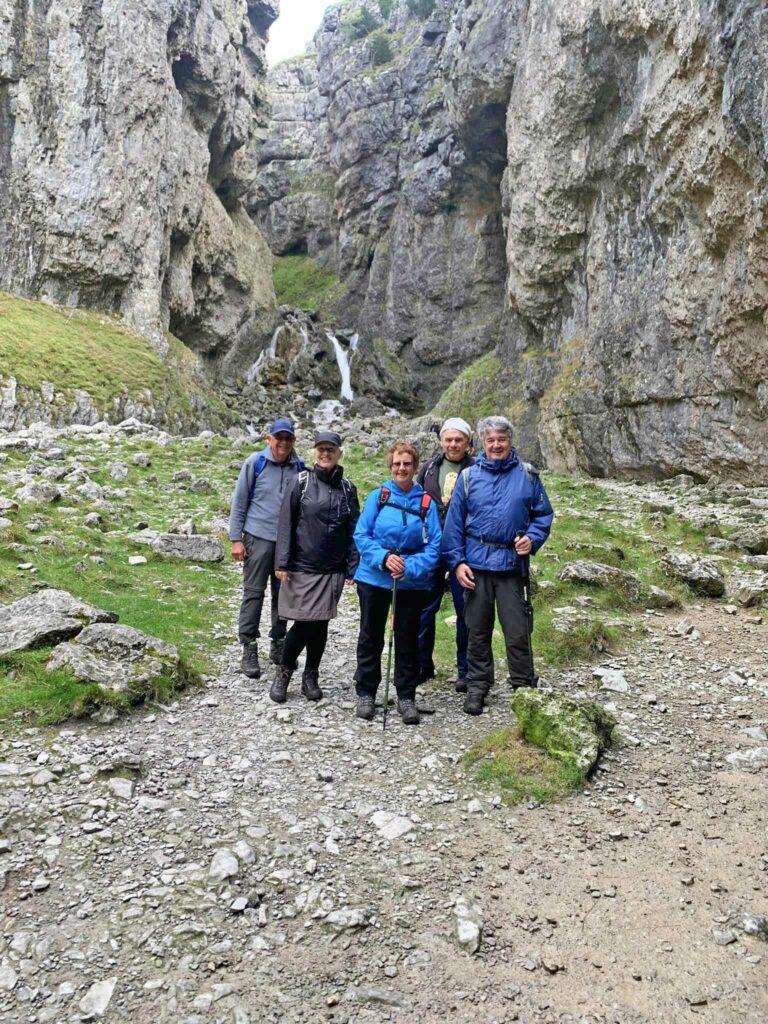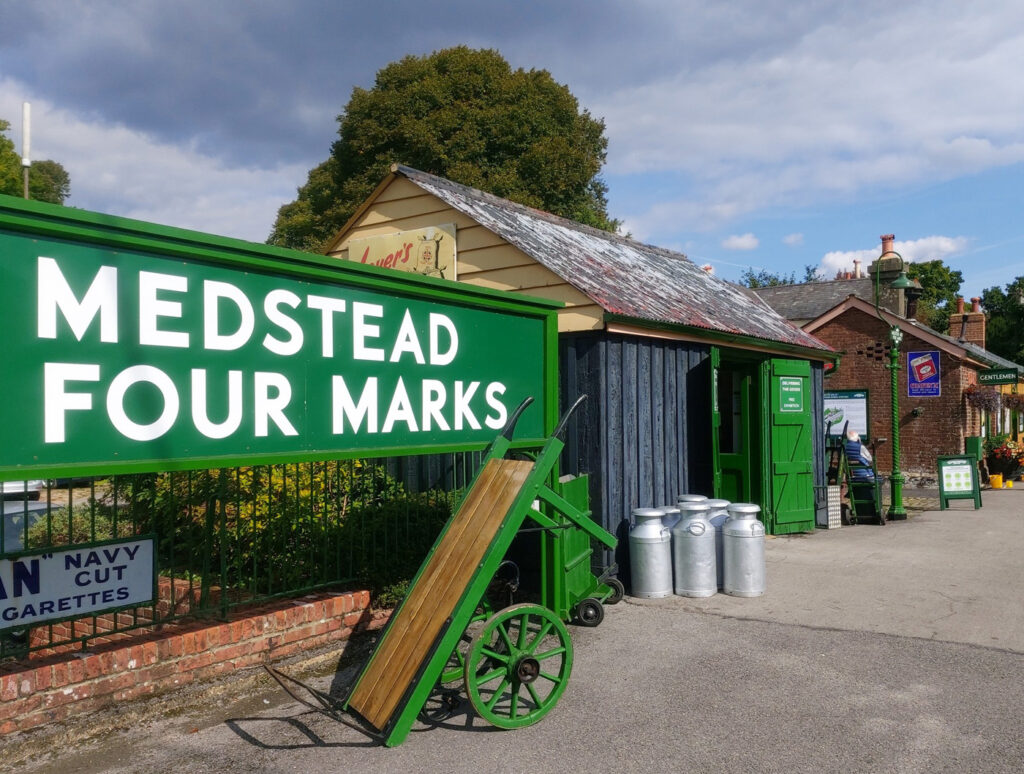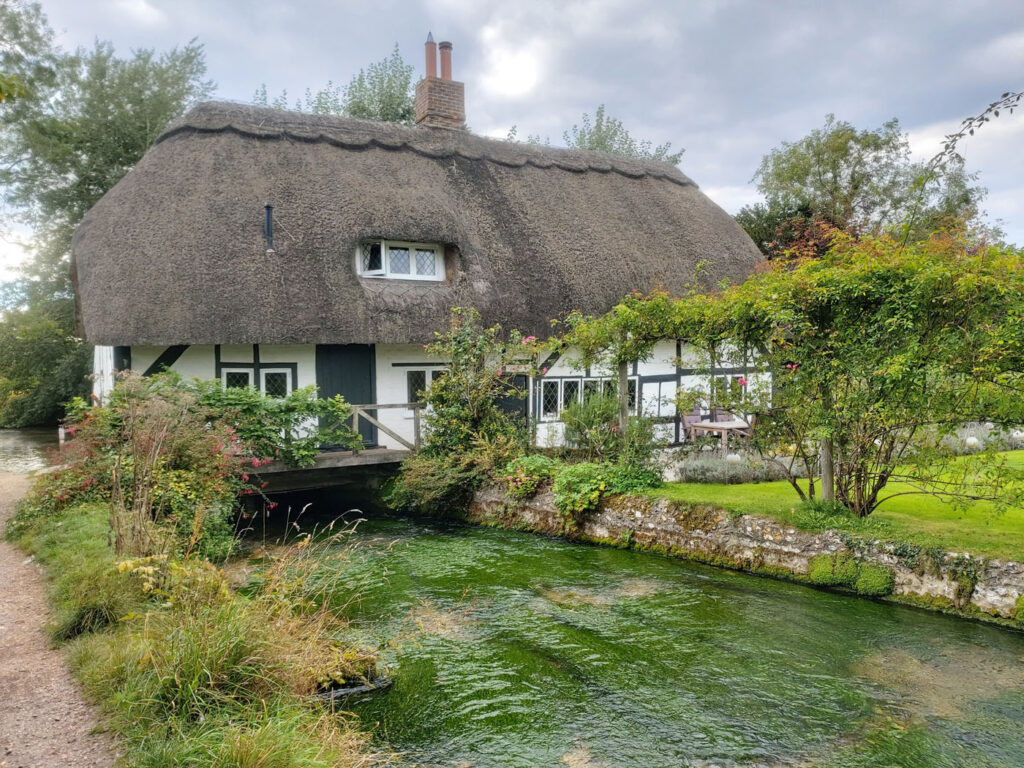- Date: 18 March 2023
- Walk Leader: Mike Wallace
- Distance: 5.5 Miles, MORNING WALK
- Start: 10:00am near Staple Ash Farm, Chilgrove GR: SU841 152
Wild Daffodils in West Dean Woods
Putting our trust in the Met. Office’s forecast for the morning, we set off in heavy rain to the starting point. As we parked by the roadside, the rain ceased. There was even a lot of blue in the sky.
Aim of the day was to see the wild daffodils and primroses in West Dean Wood then carry on up to the South Downs Way to begin the completion of a circuit, taking us back to the cars.
The footpath rises gradually all the way up to the South Downs Way (SDW). After the heavy rain earlier that morning, the path was wet and with water flowing downhill but it was less slippery than expected.
The first point of interest was one of the many huge limestone spheres placed in these woodlands as part of the Andy Goldsworthy Chalk Stones Trail. For a detailed, illustrated article go to:
The Stones must have been spectacular when they were newly sited but time, moss and frosts have started to change their colour and break off chunks of the limestone rock. One of them has been cleaved in two.
The Stones must have been spectacular when they were newly sited but time, moss and frosts have started to change their colour and break off chunks of the limestone rock. One of them has been cleaved in two.
Continuing uphill, we saw the first wild daffodils in the woodland to our right. They were not accessible from the path but a little further on and the wood opened out and that’s where the cameras came out.



The daffodils are delicate and a paler yellow than the ones we have in our gardens but nonetheless a beautiful sight which we paused awhile to enjoy. We continued uphill and passed patches of primroses reminding us that Spring really is very near.
We joined the SDW at the top of the hill. Away to the East was Cocking village but we turned West towards Beacon Hill and Harting Down. SDW is a ridge-way and it’s very popular with cyclists and walkers because of the views to both North and South. It being Saturday, there were many cyclists.
The SDW is rightly famous for the views on either side of the track and we continued to enjoy them until we reached the Devil’s Jumps at OS Grid Ref: SU 825172 at altitude: 709 ft. The Devil’s Jumps are the best example of a Bronze Age barrow formation in Sussex. They are aligned with the position of the setting of the sun on midsummer’s day, although the nearby trees mean that the effect of the sun dipping below the horizon is likely to be less uplifting today than it would have been to our downland ancestors.
Here we paused for a break by an impressive Beech tree. One of the pleasures of our group walking breaks, is catching up with news (or gossip, if you prefer) and seeing the varied drinks and snacks people produce from their rucksacks.
Duly refreshed and updated, we set off once more and soon the track curved SW and we left the SDW and went SE towards Monkton House. Monkton is an architectural one-off commissioned by Edward James. In 1932 Edward James came of age and inherited the West Dean Estate. In a letter written in 1939 to his friend Aldous Huxley, James expressed his concern for preserving certain arts and crafts he feared would be lost during WWII. That preservation work continues today at West Dean College.
Then we left the woodland behind and walked through open fields to the deserted medieval village of Monkton with its post-medieval farm buildings. Sadly, the brambles and bushes have hidden the remains of this village which may have been a casualty of the great depopulation in the 14th Century, caused by the pandemic we know as The Black Death. Nevertheless, this site is listed on the National Heritage List for England.
See: https://historicengland.org.uk/listing/the-list/list-entry/1005811/
From Monkton, we passed Monkton Farm and followed the road which took us back to Staple Ash Farm and our cars.
Thanks to Mike for his reconnaissance and leadership of a varied and very interesting morning’s walking.
Author: Michael Moore
Photography: Paul & Linda Farley, Claire Anderson

